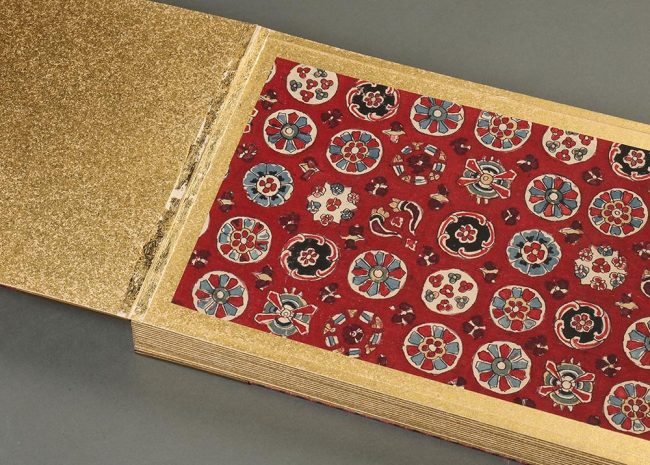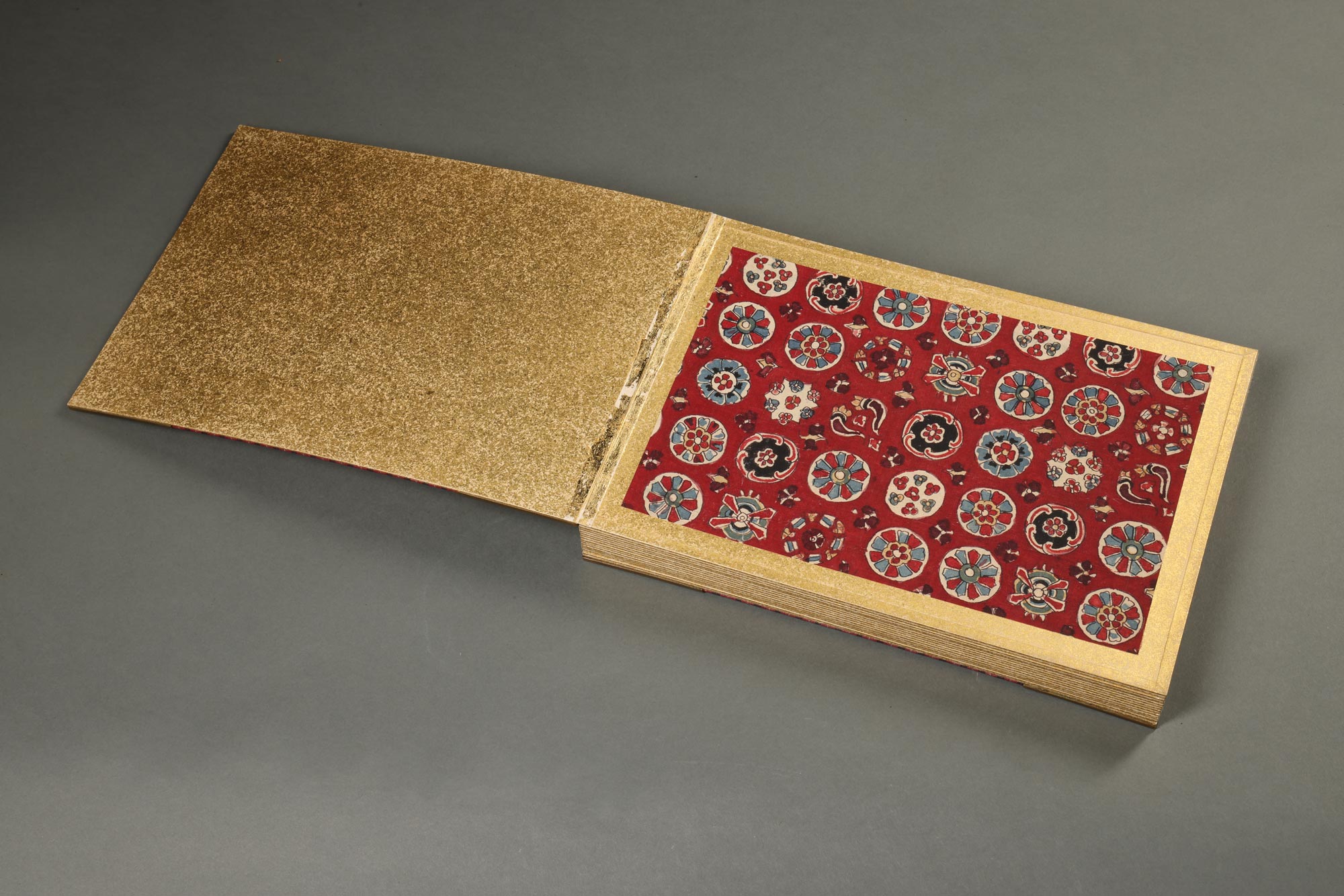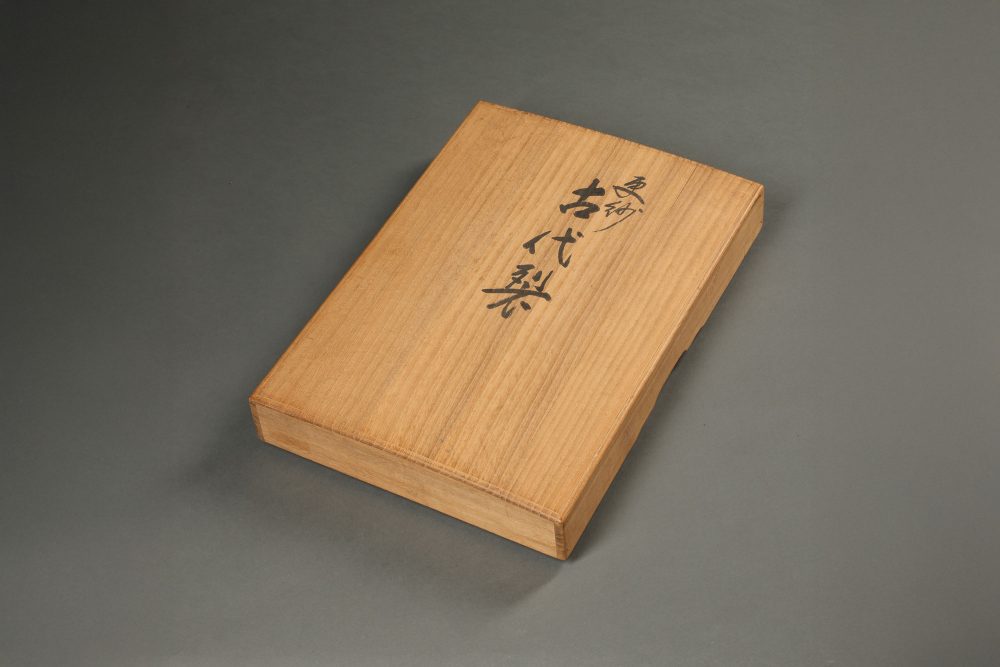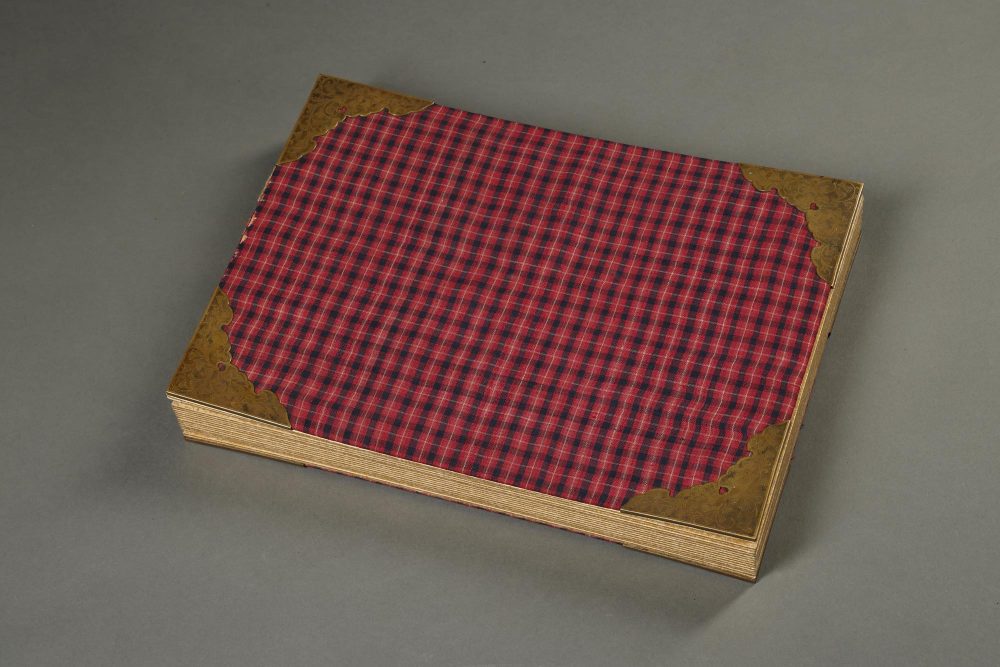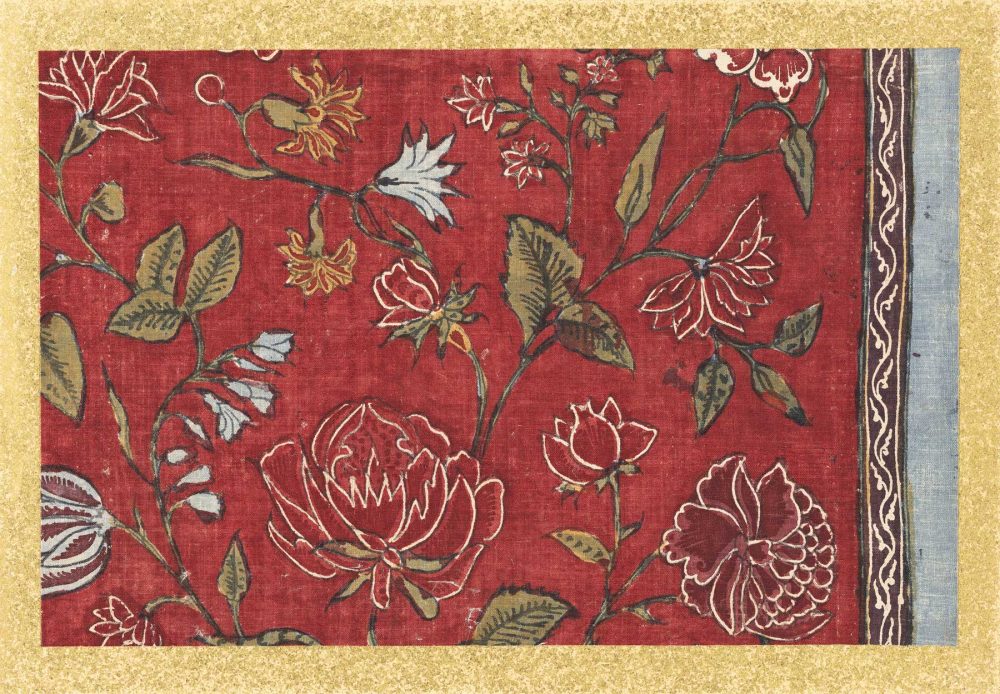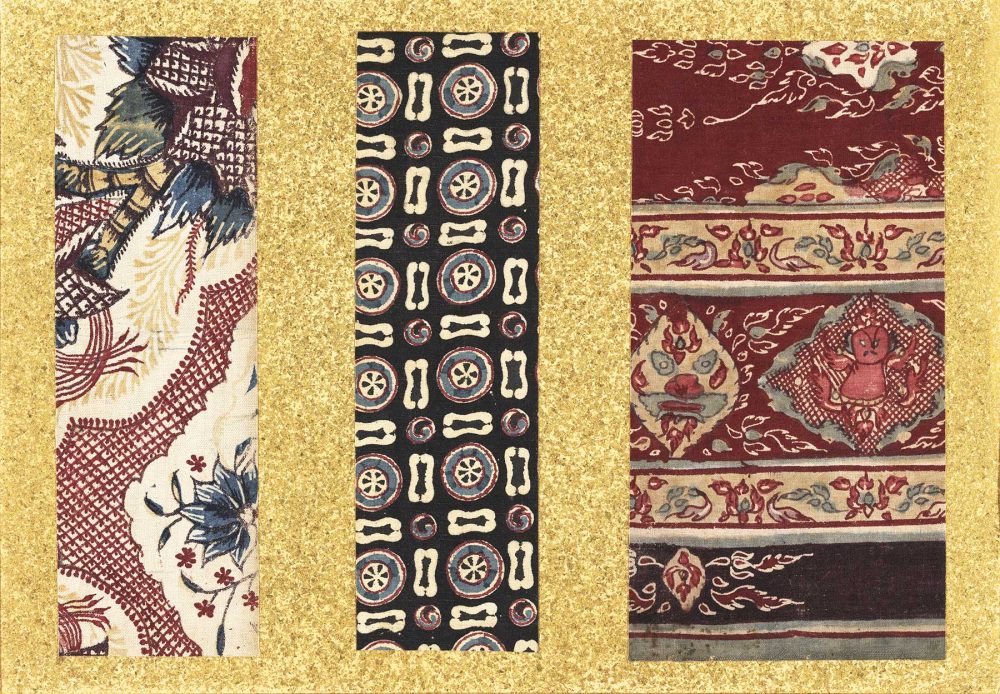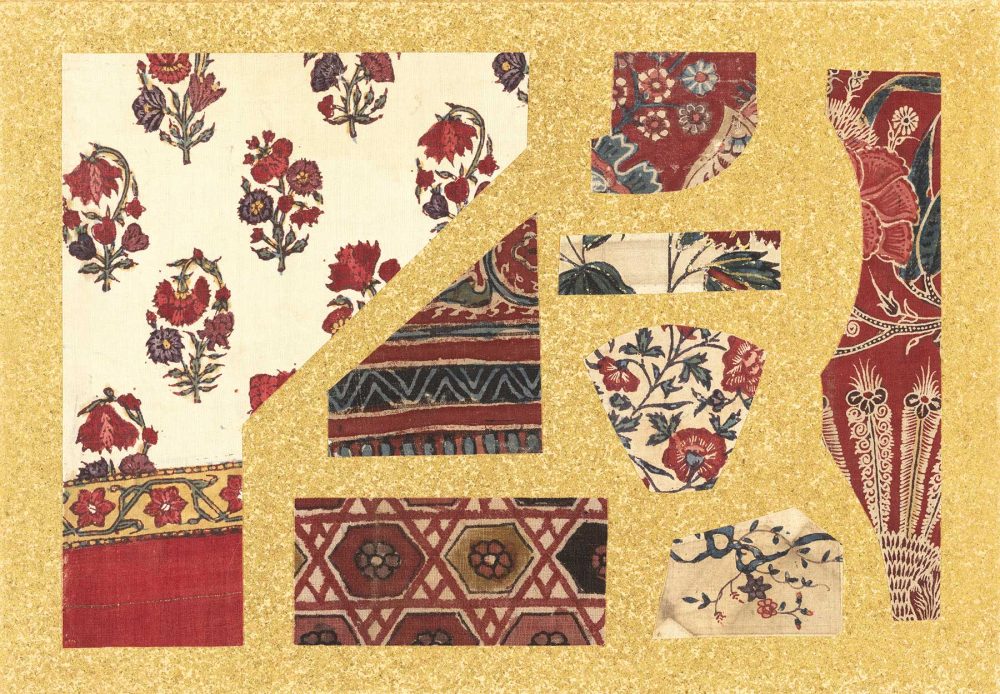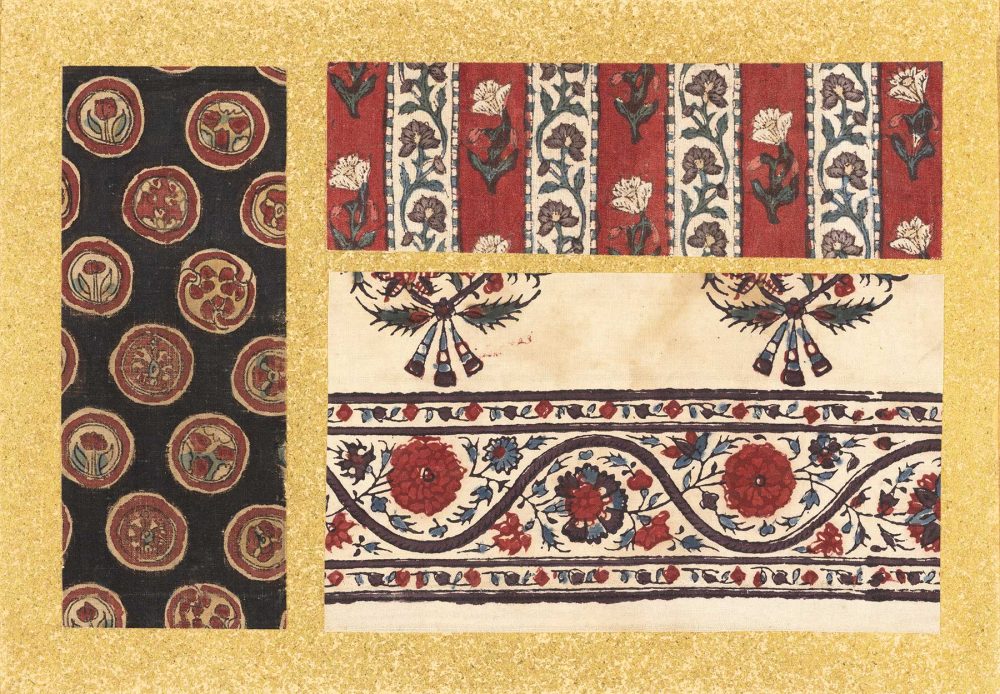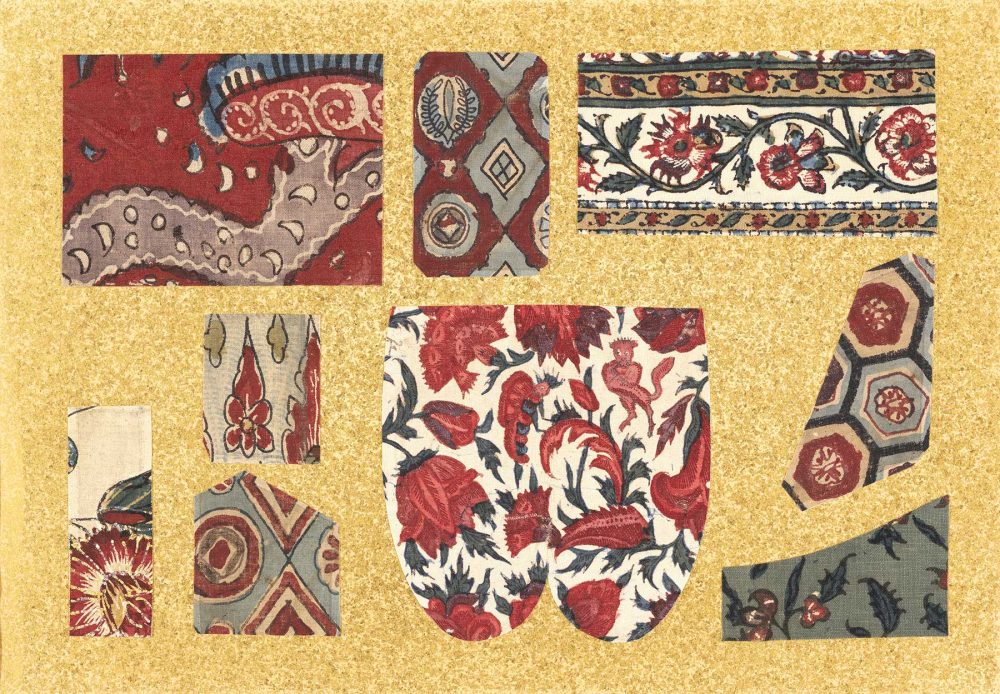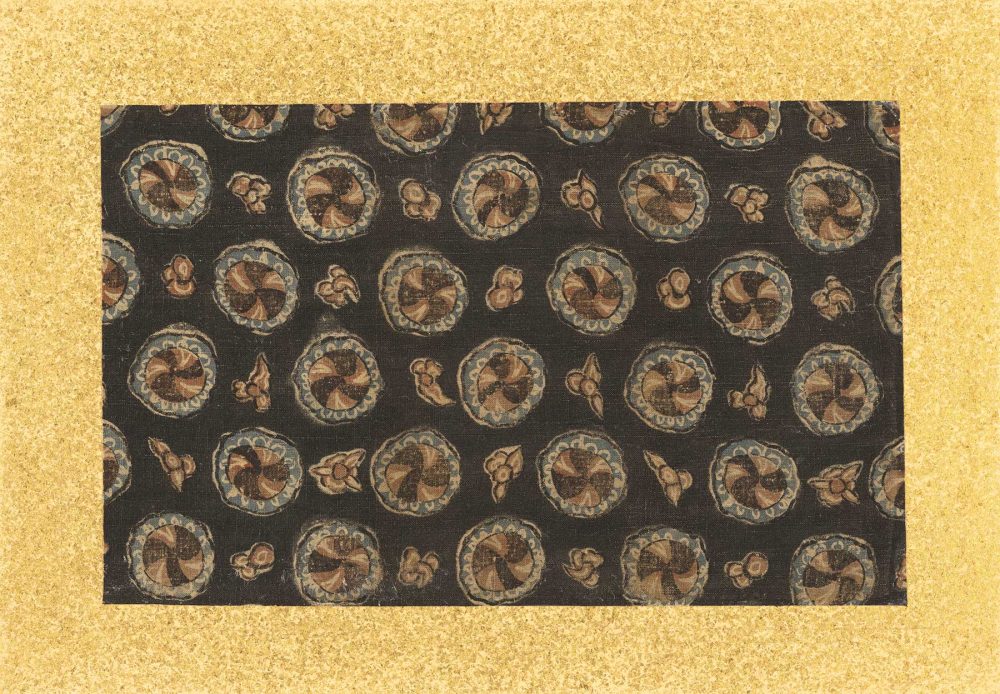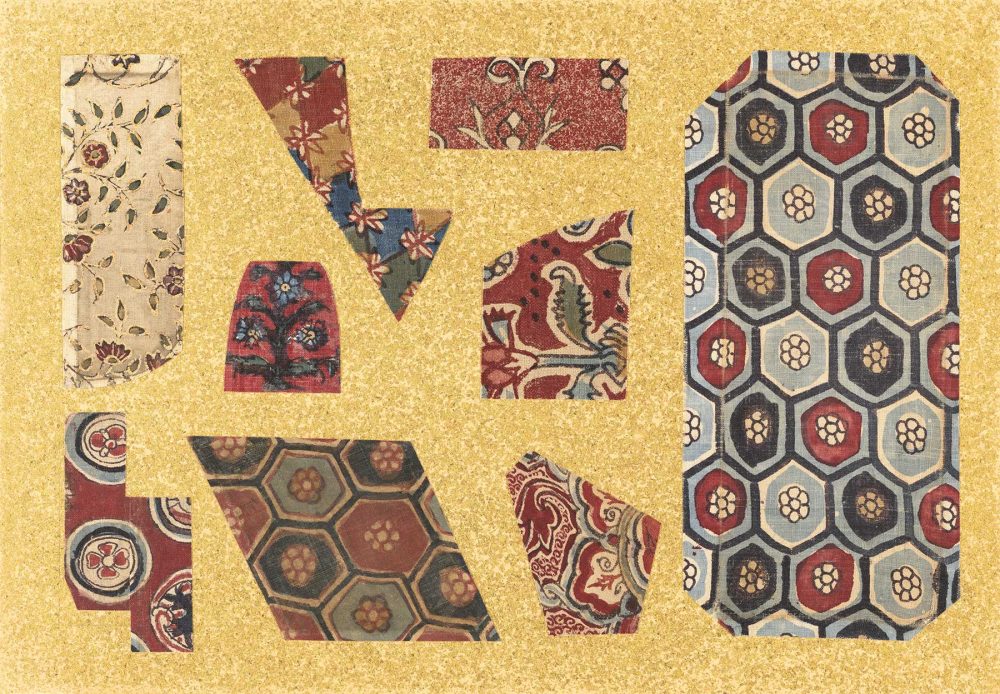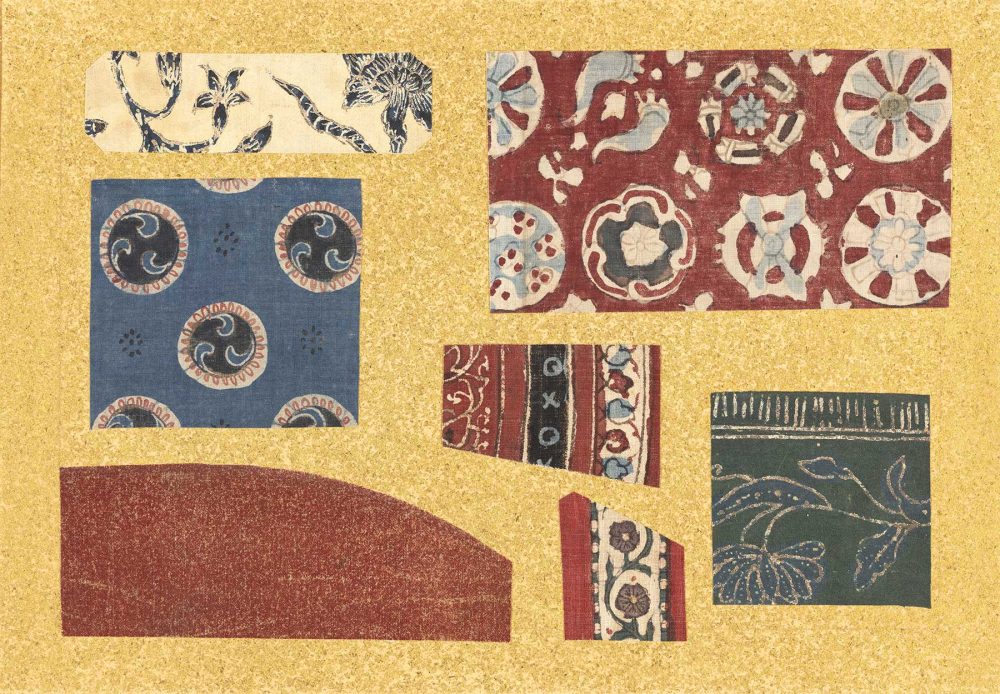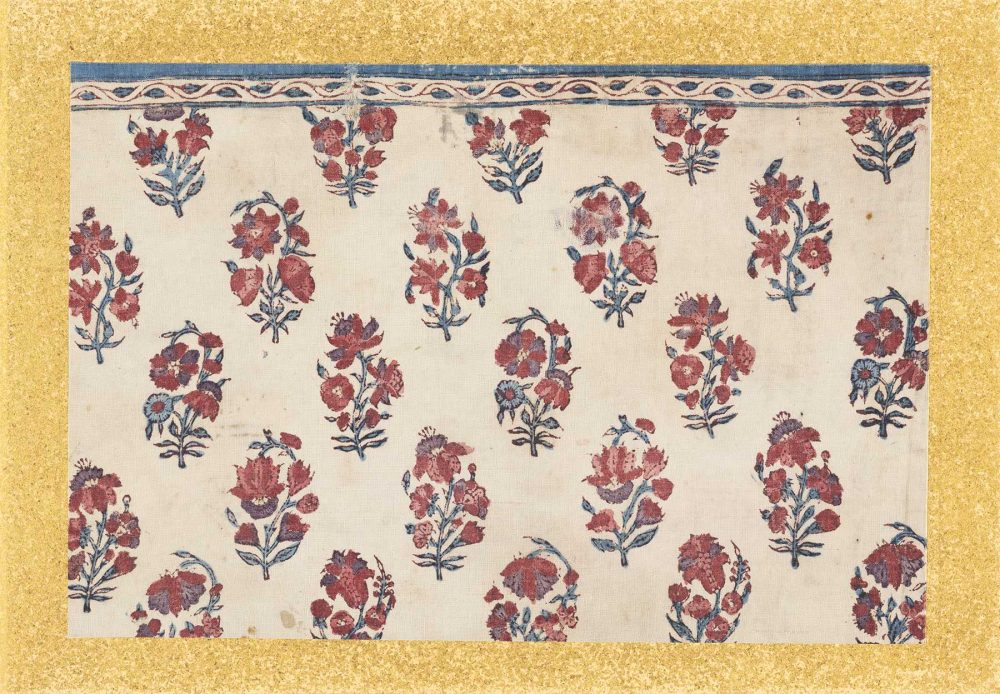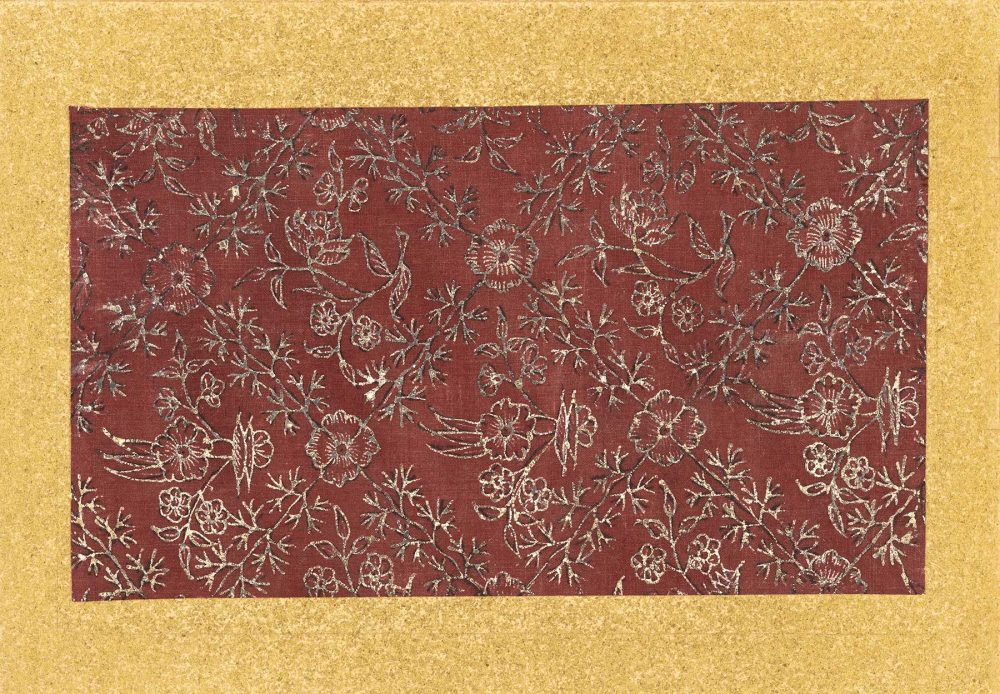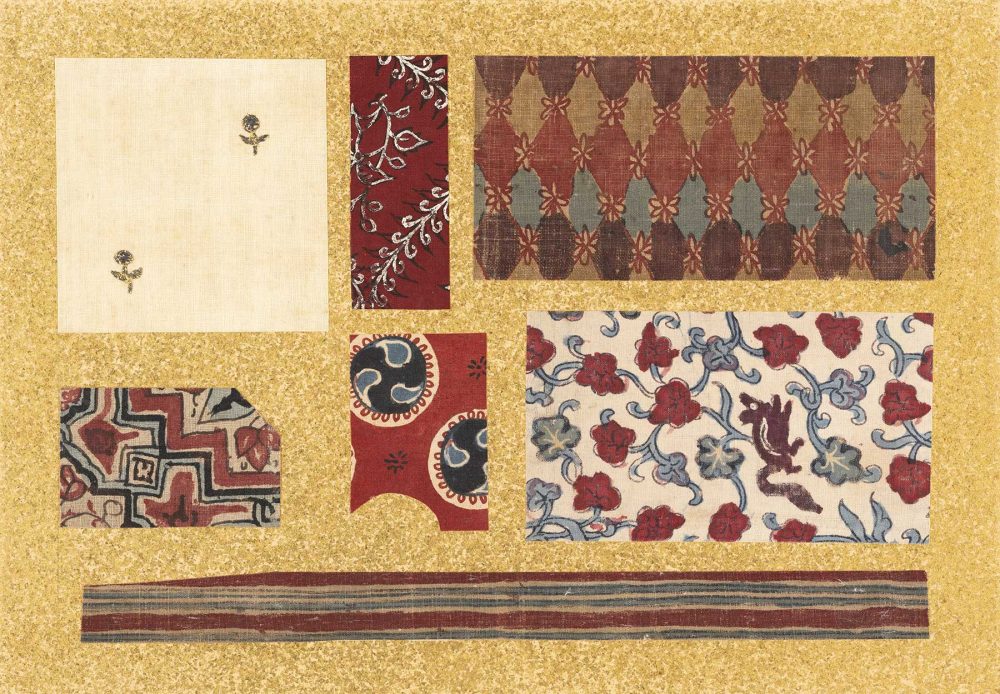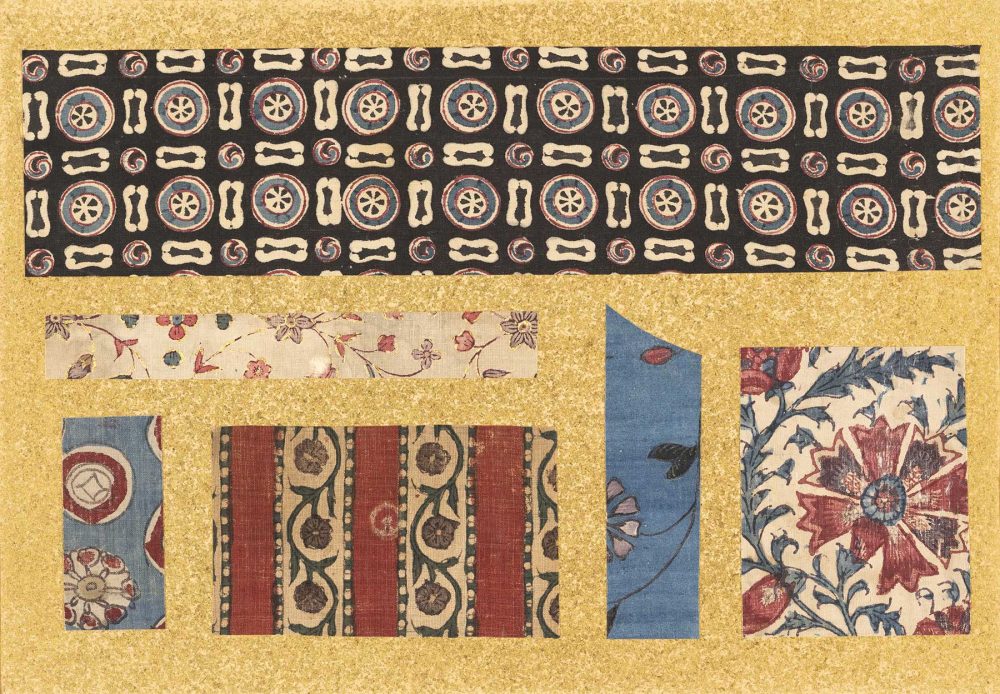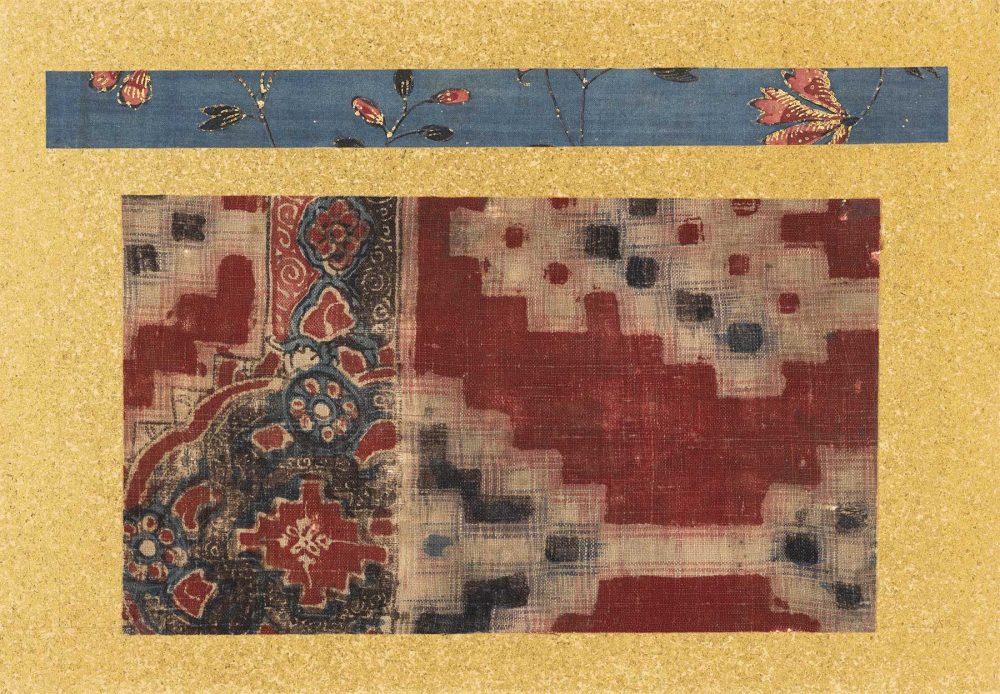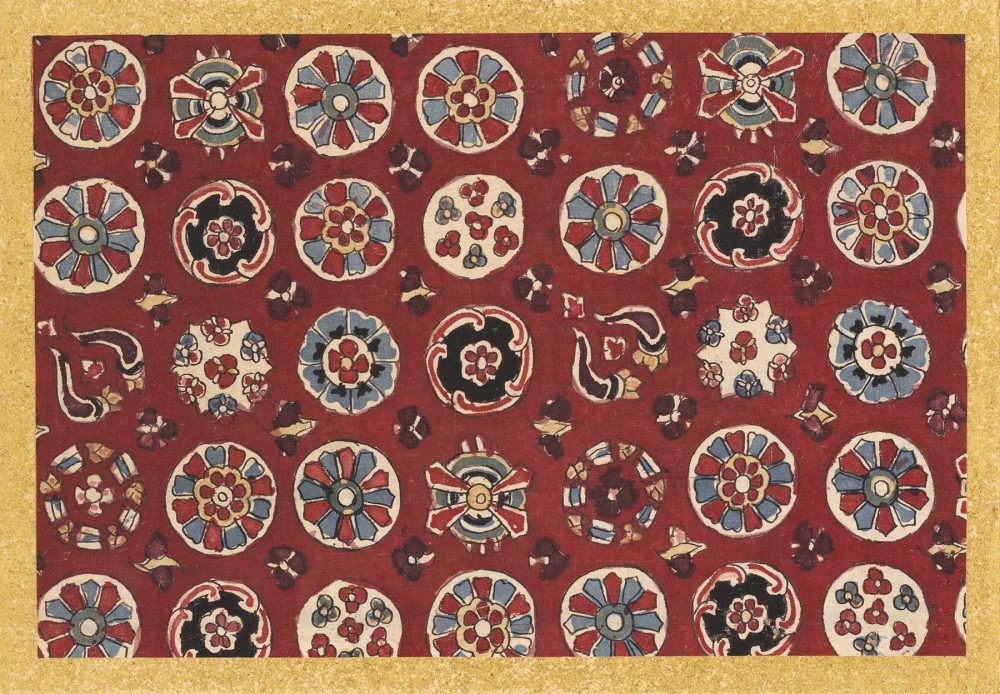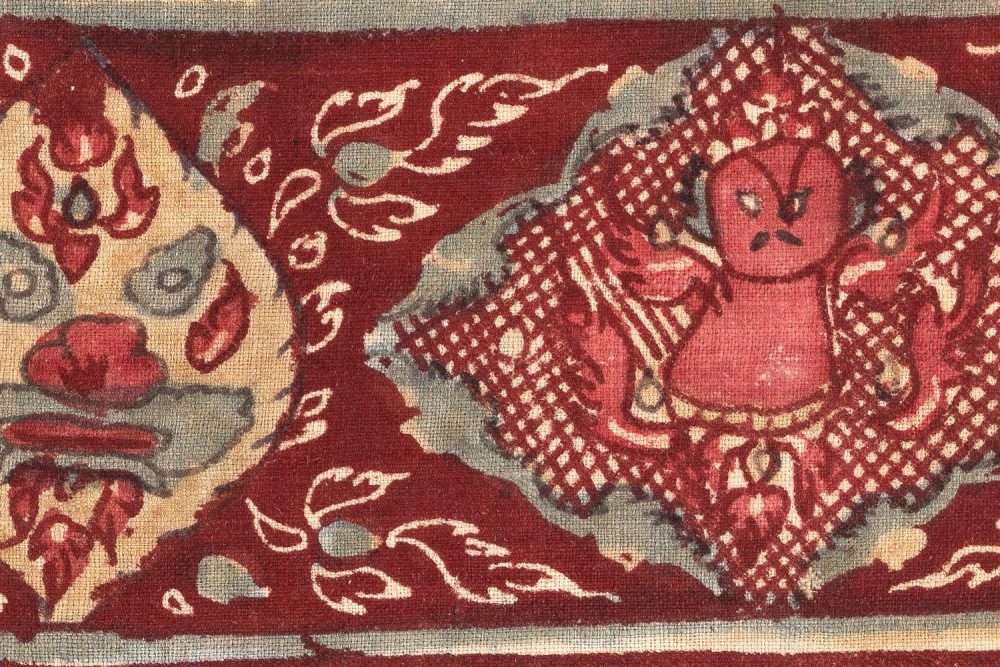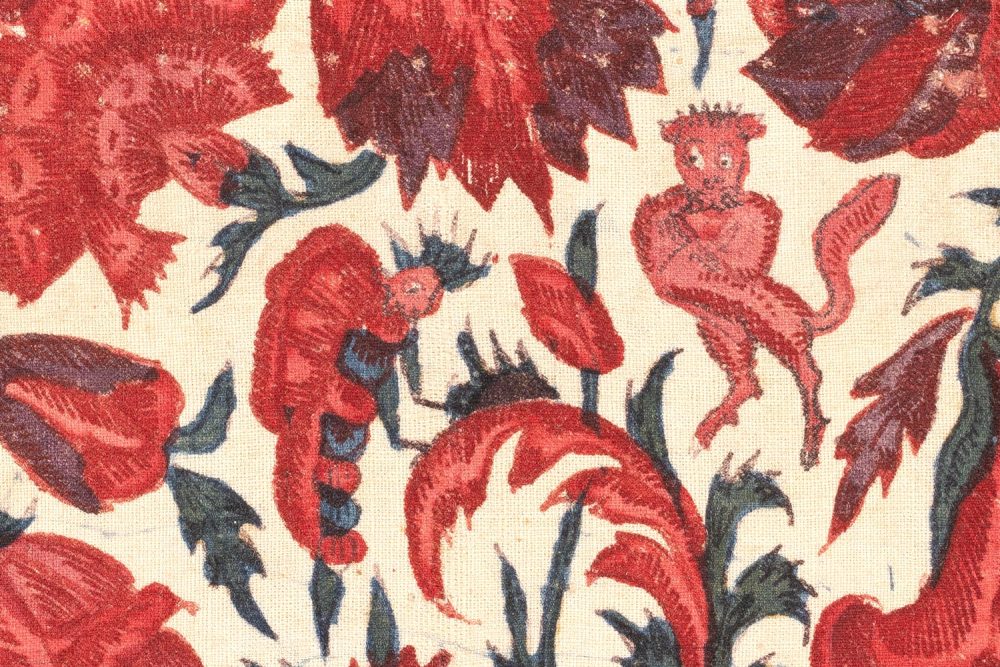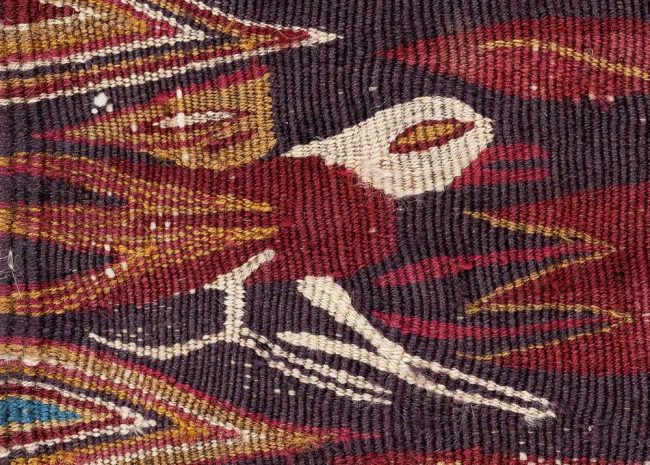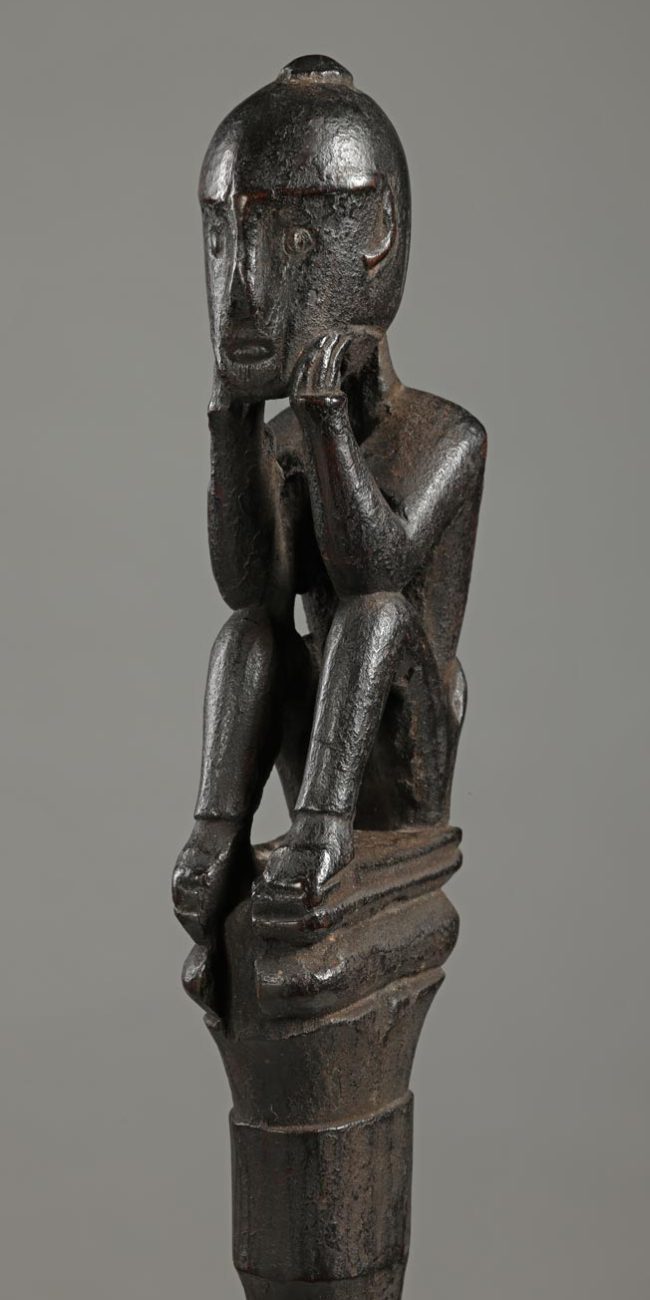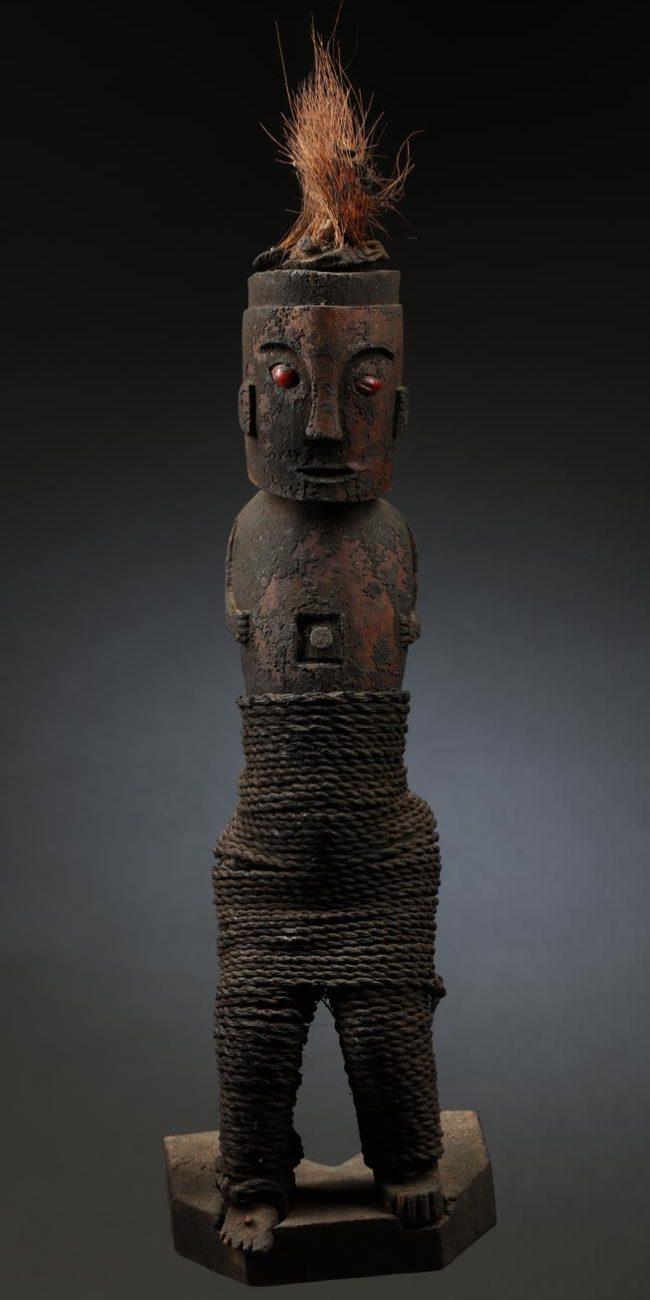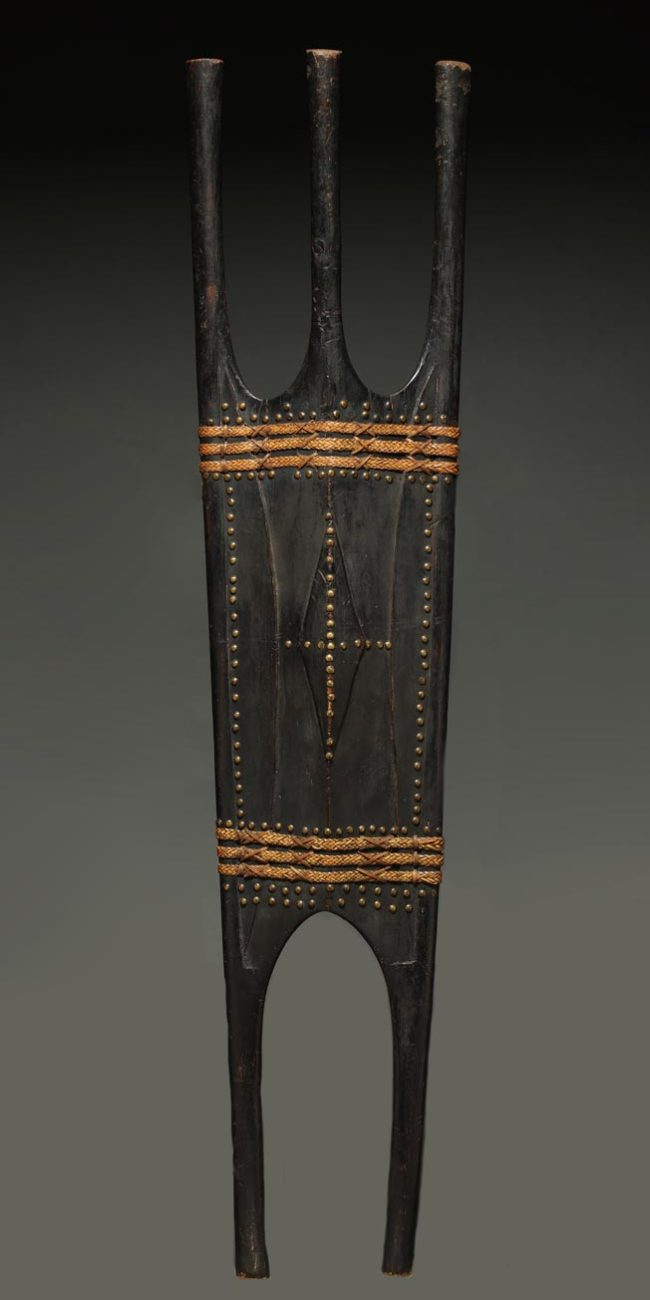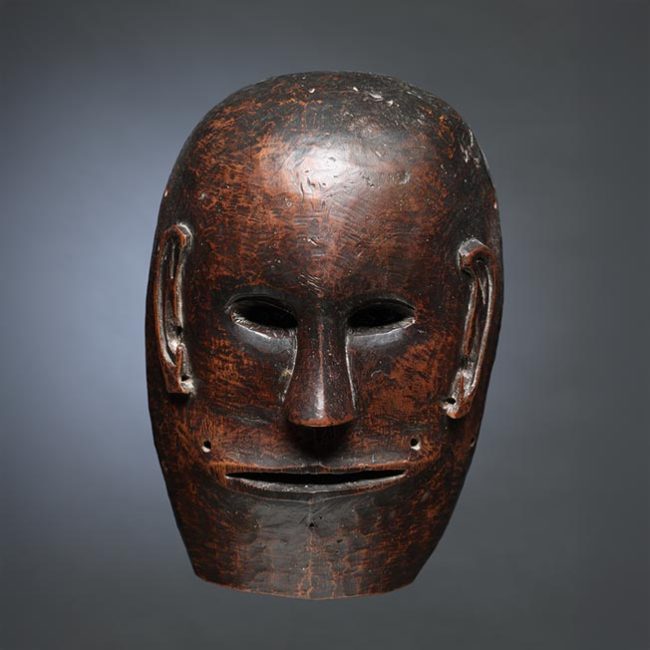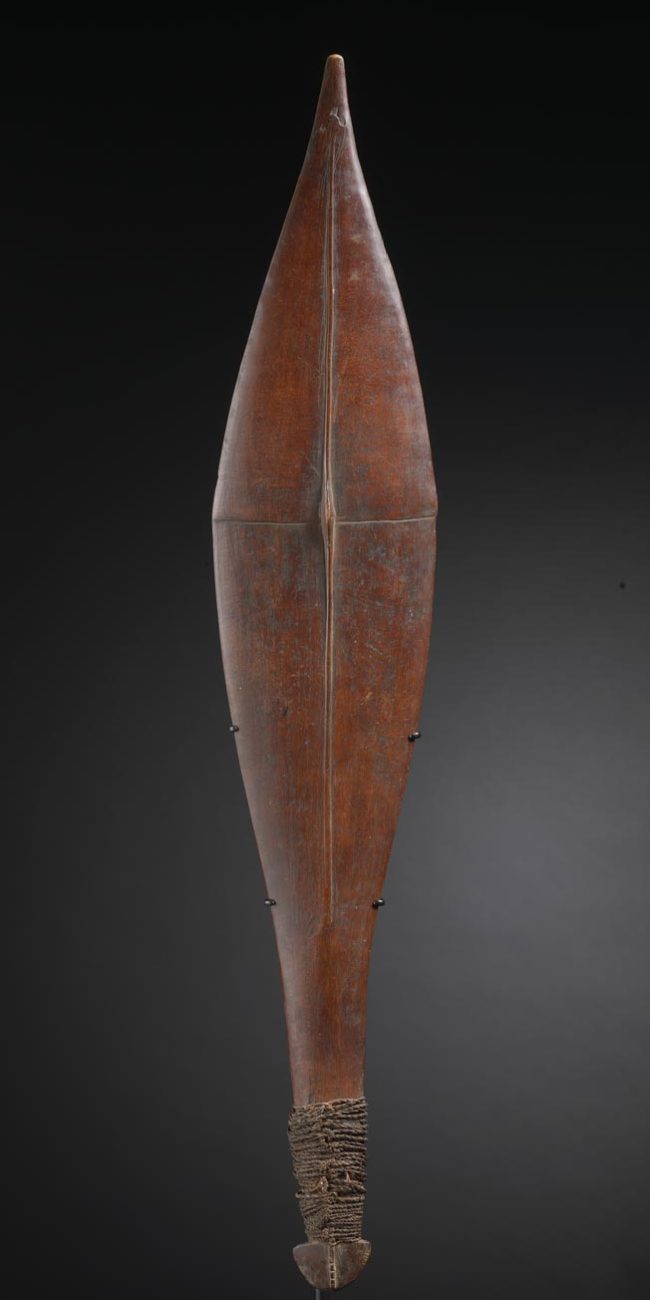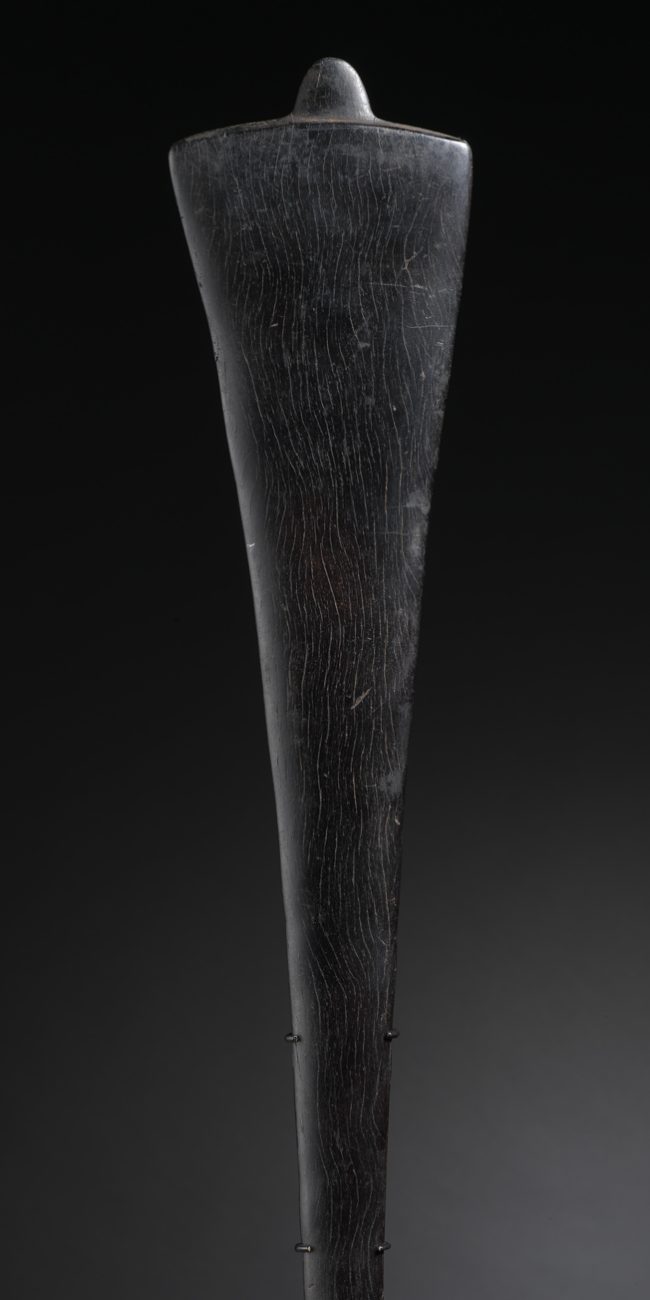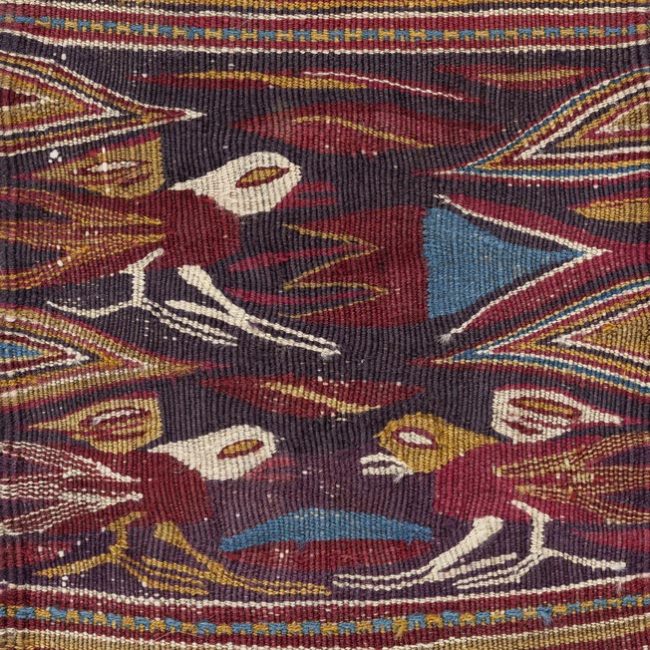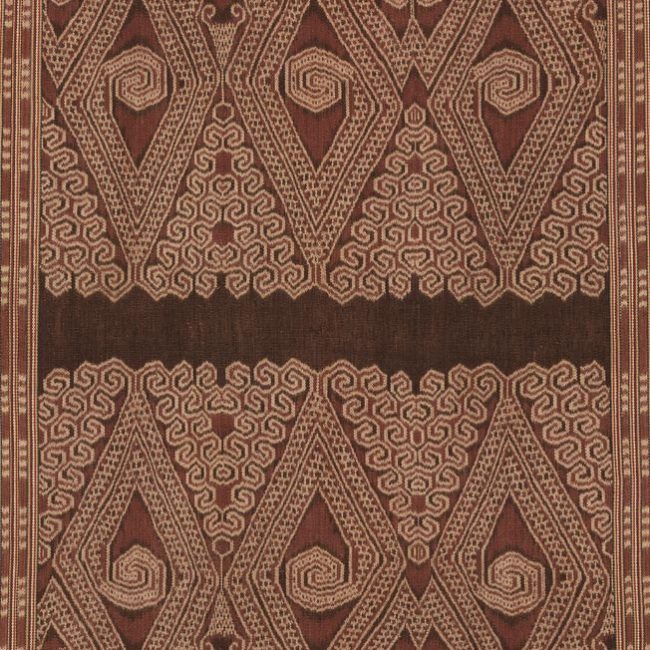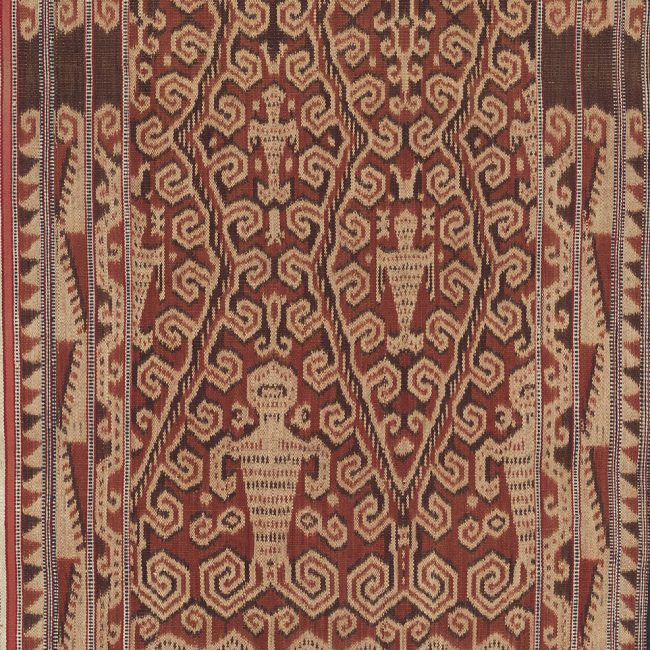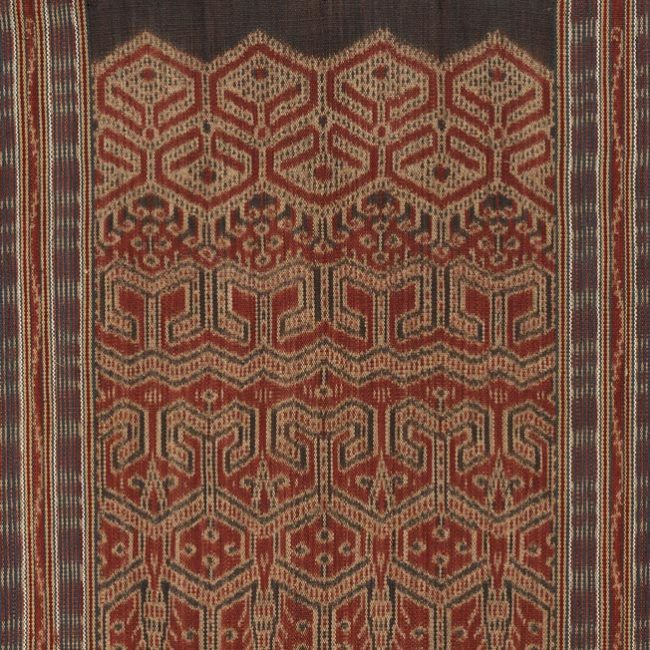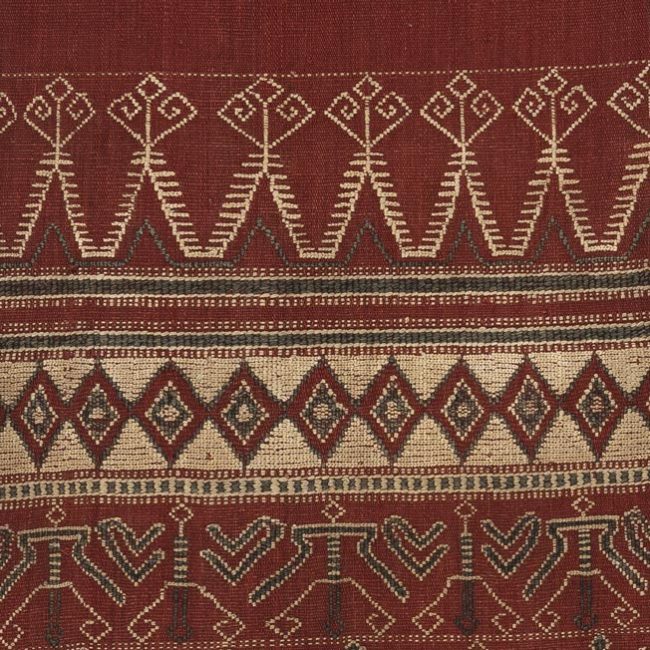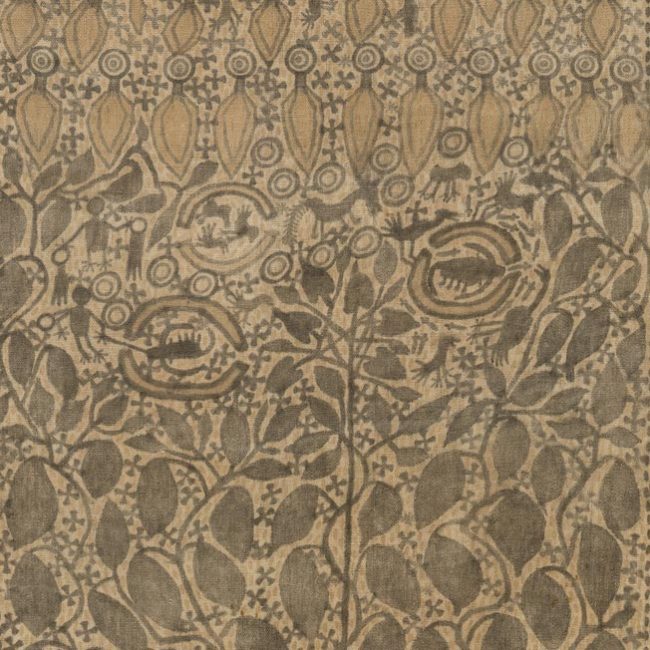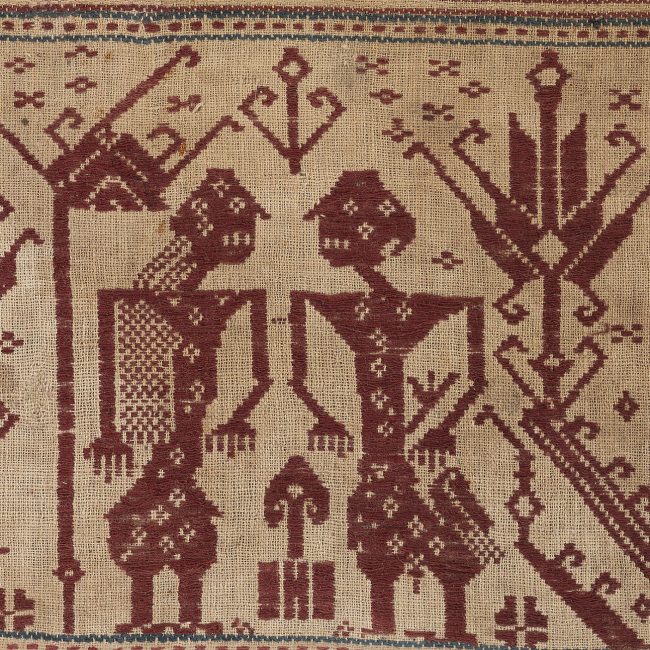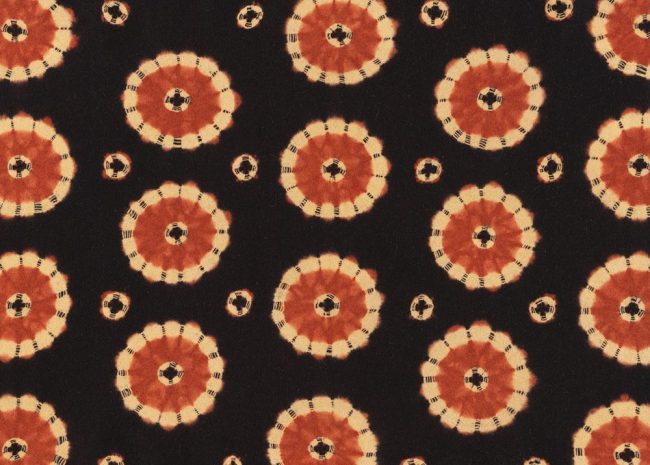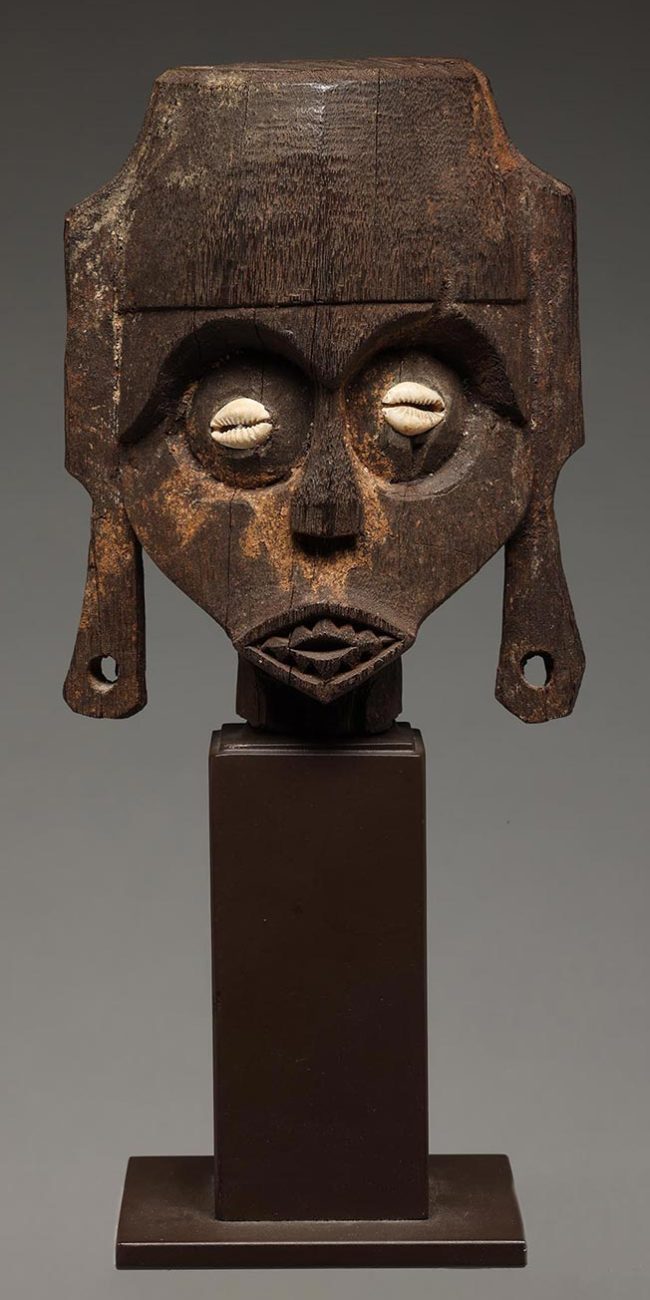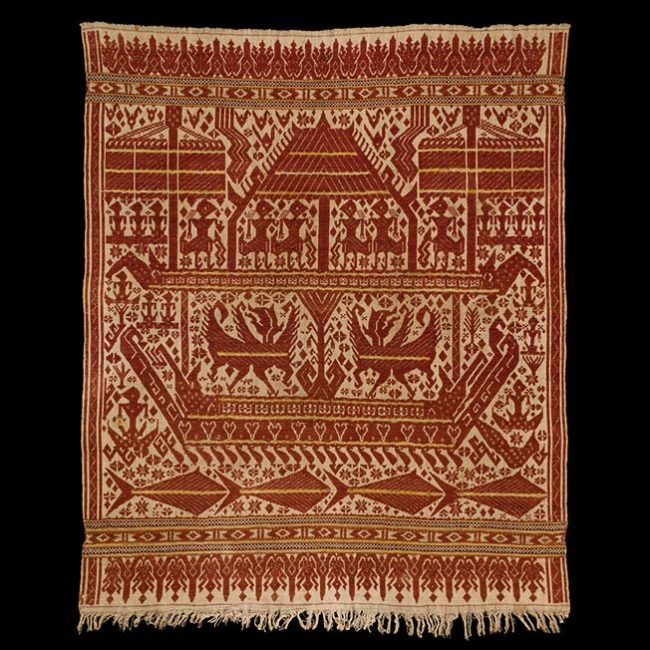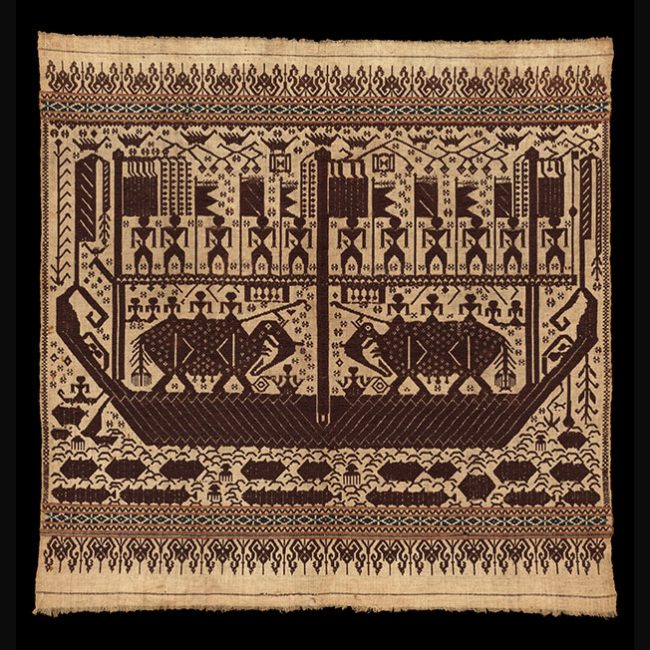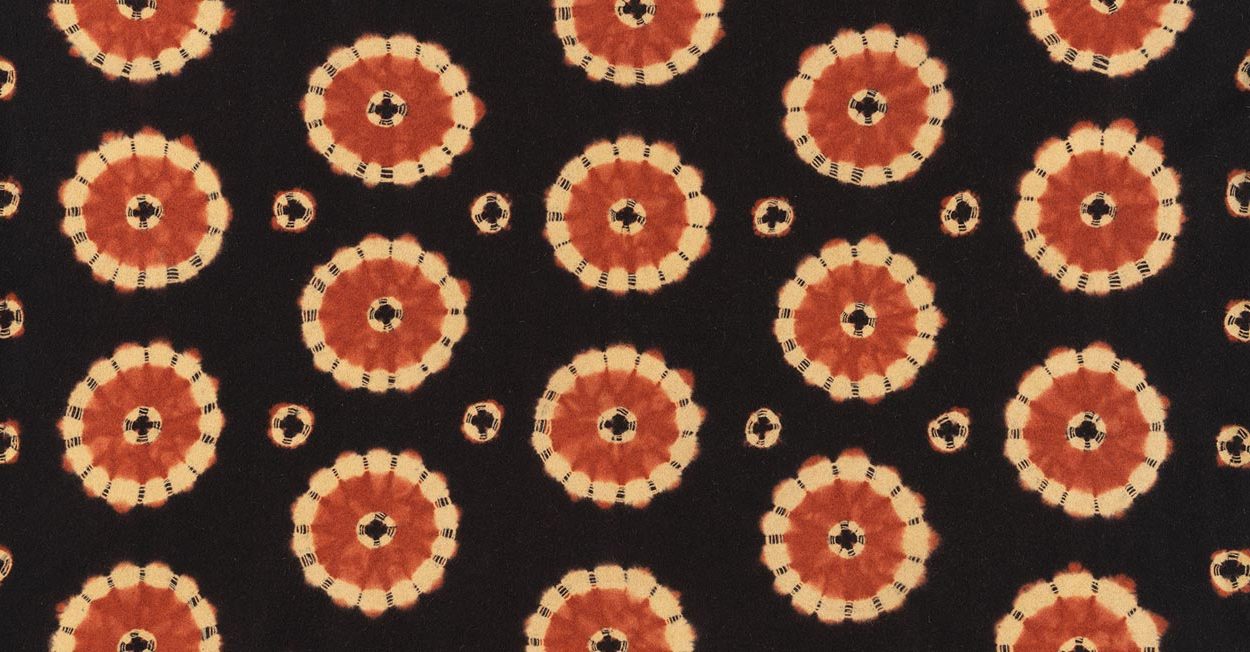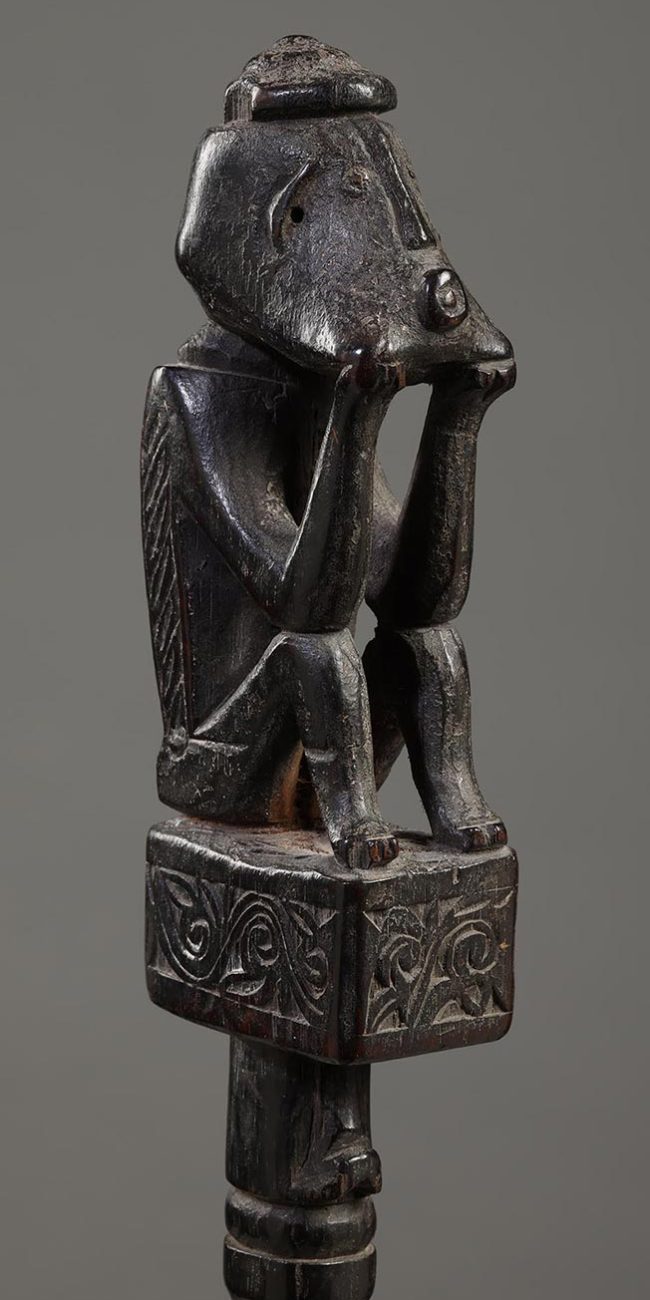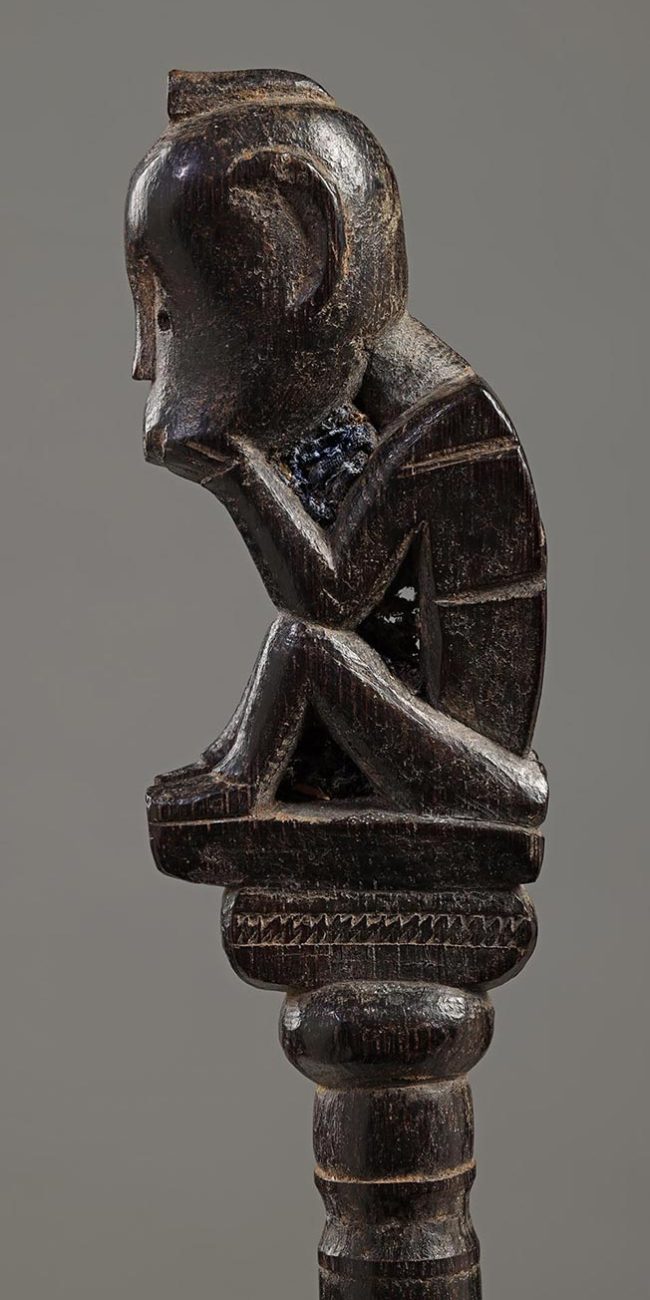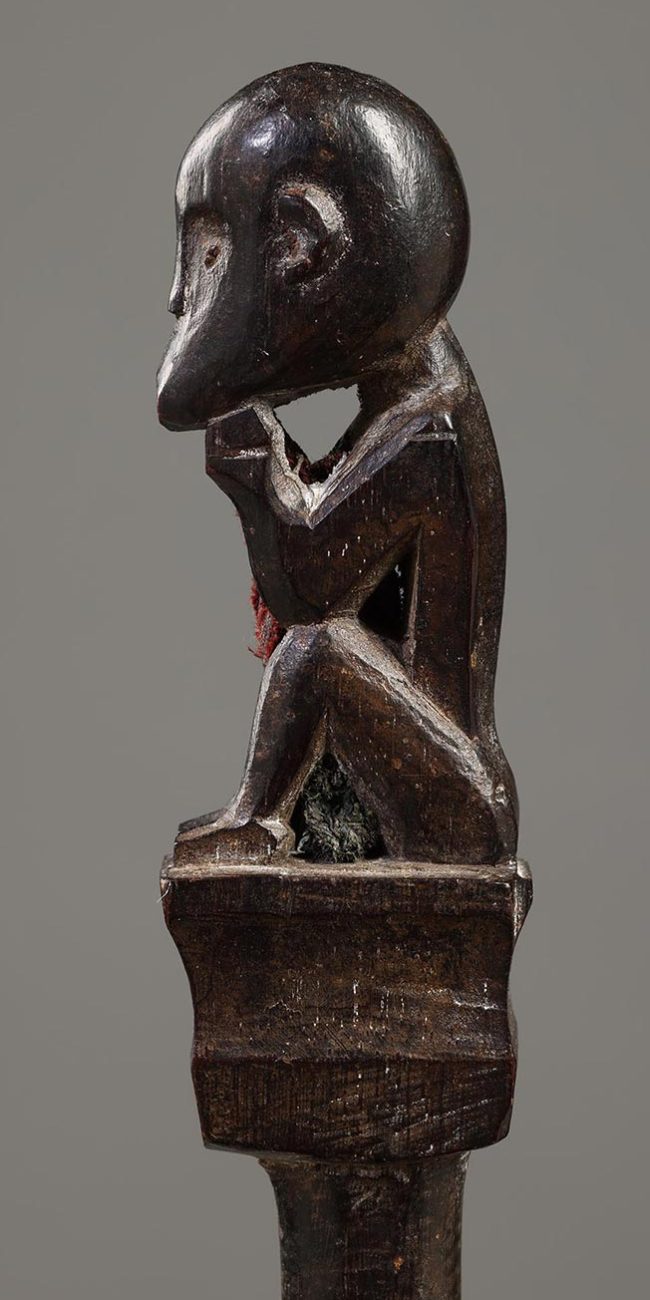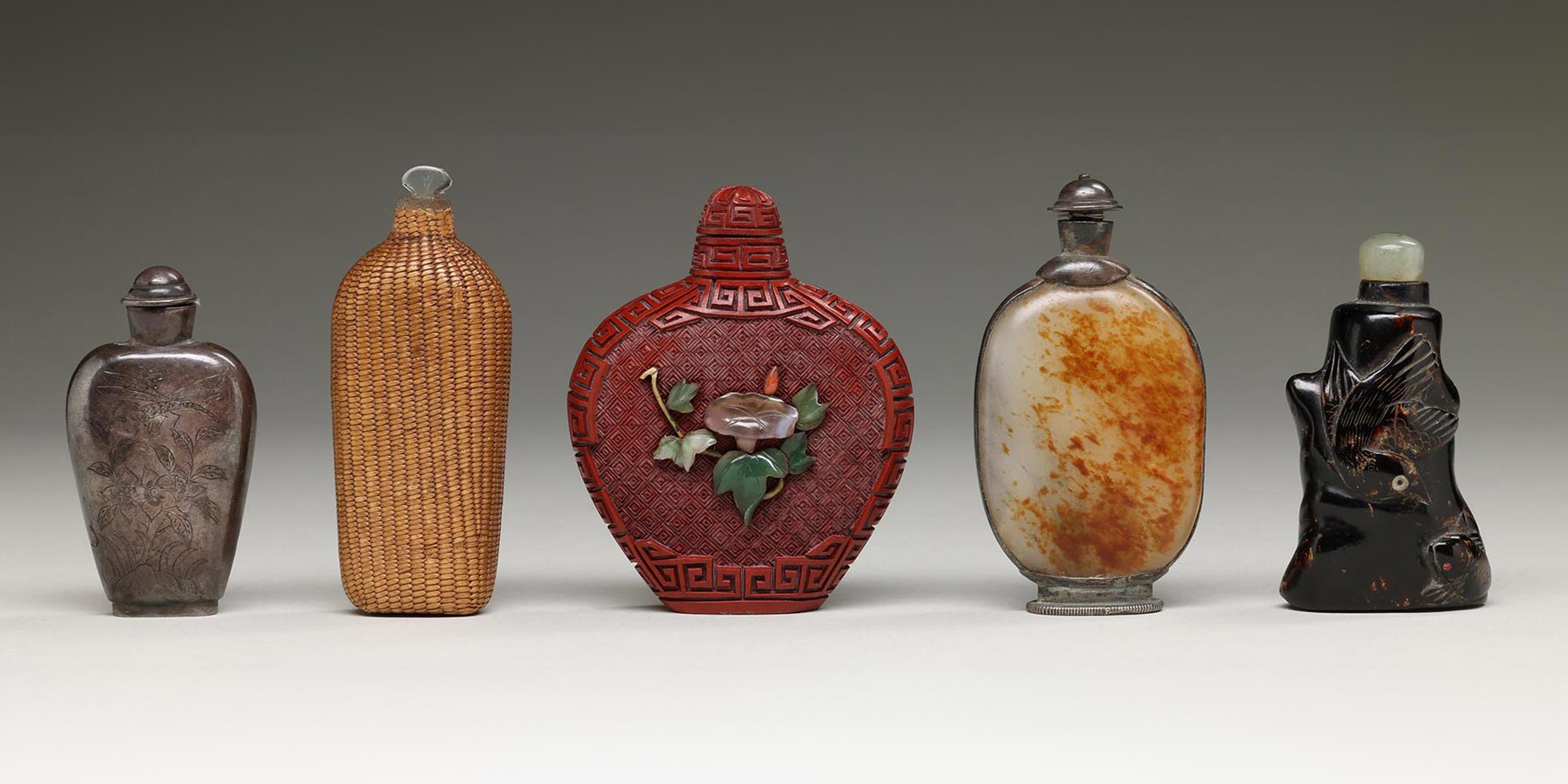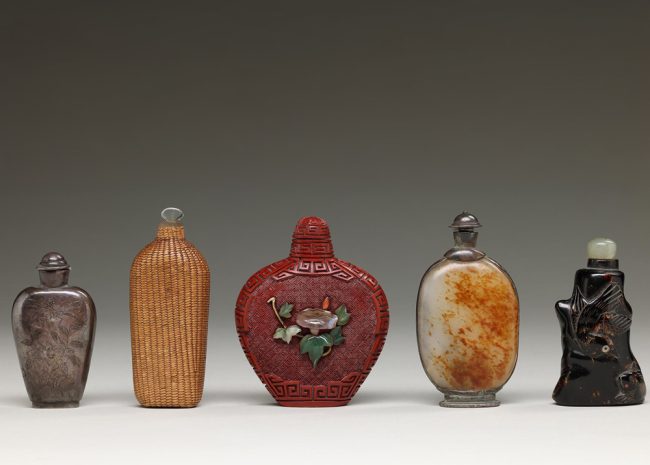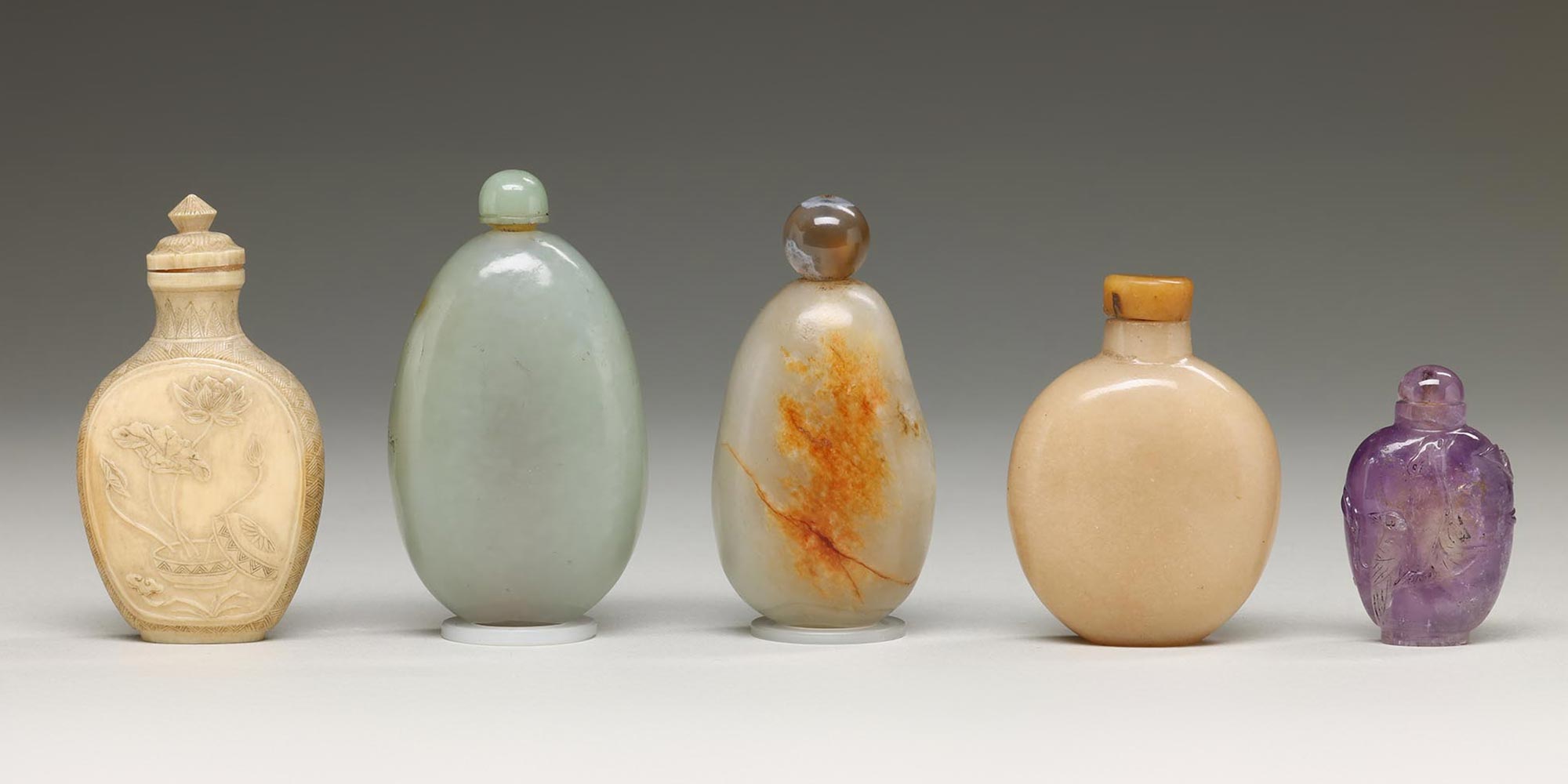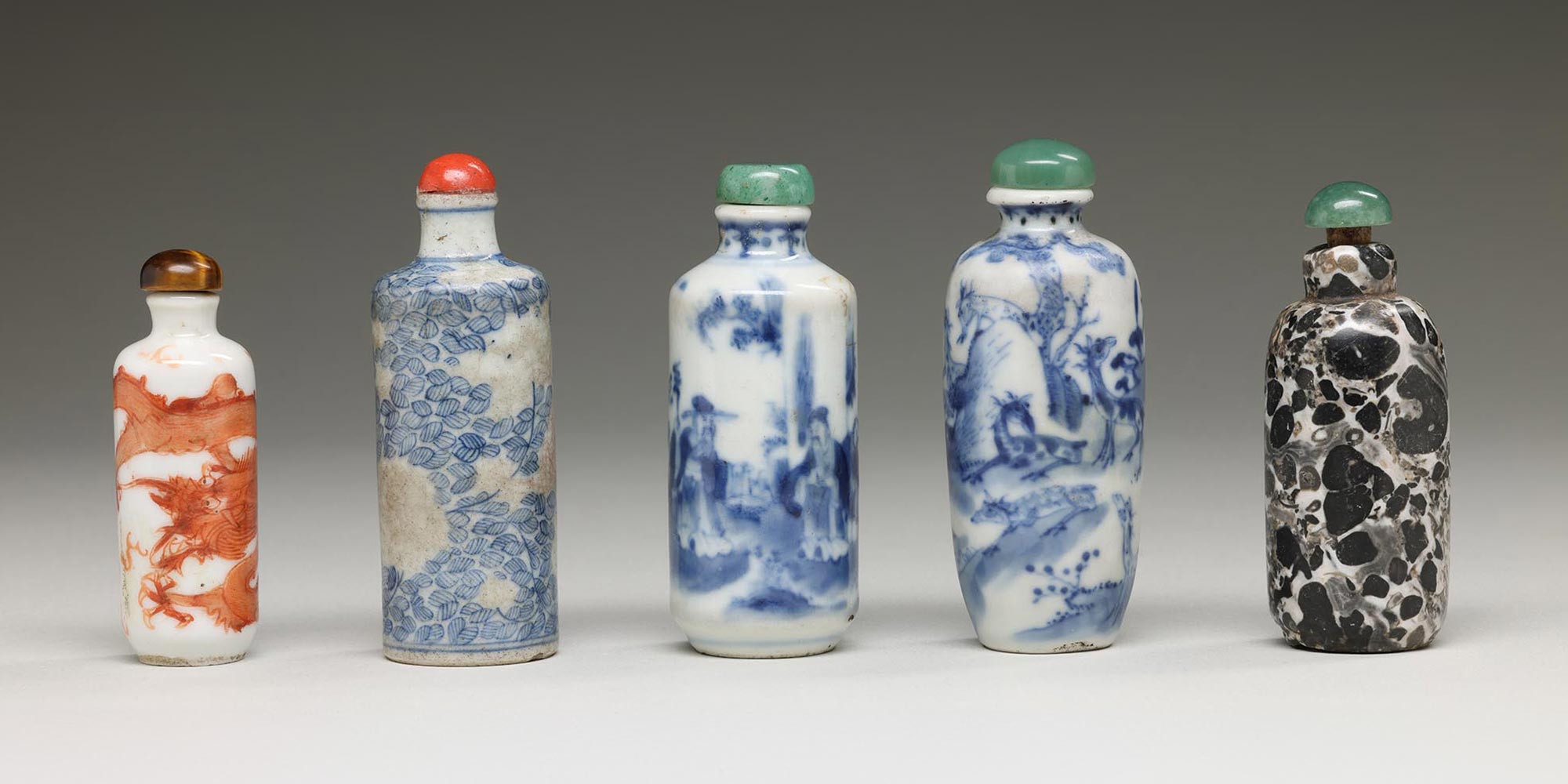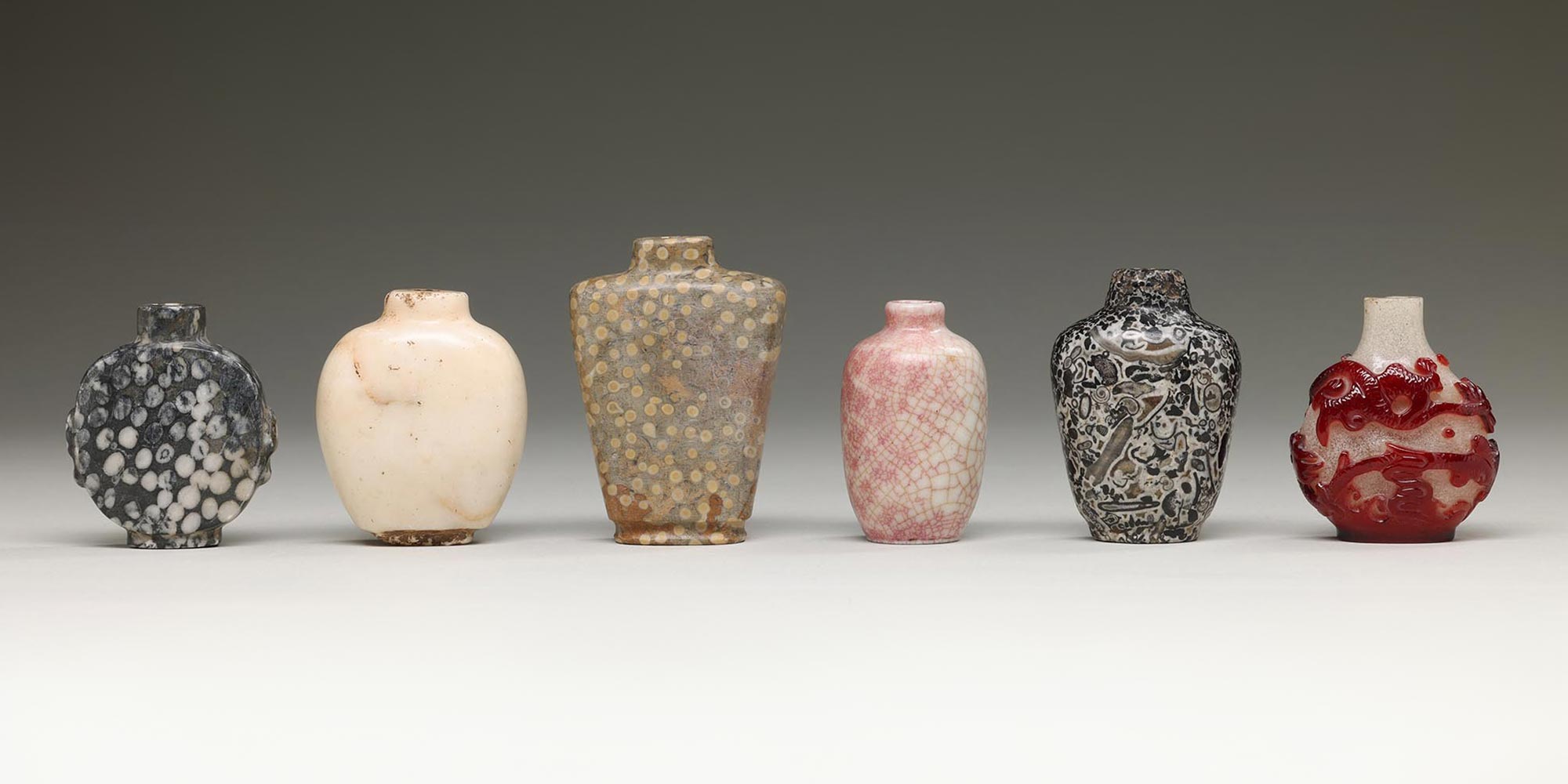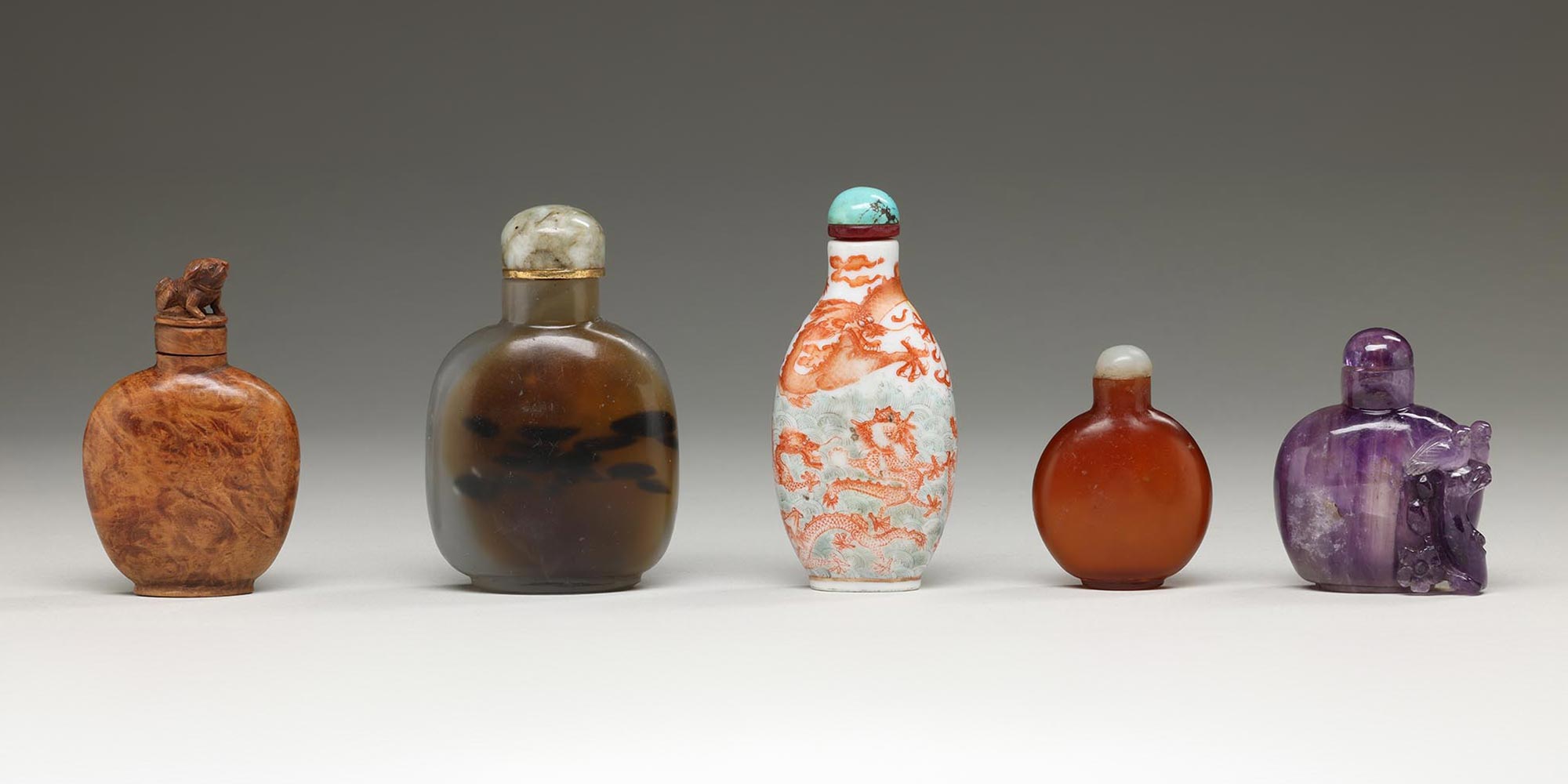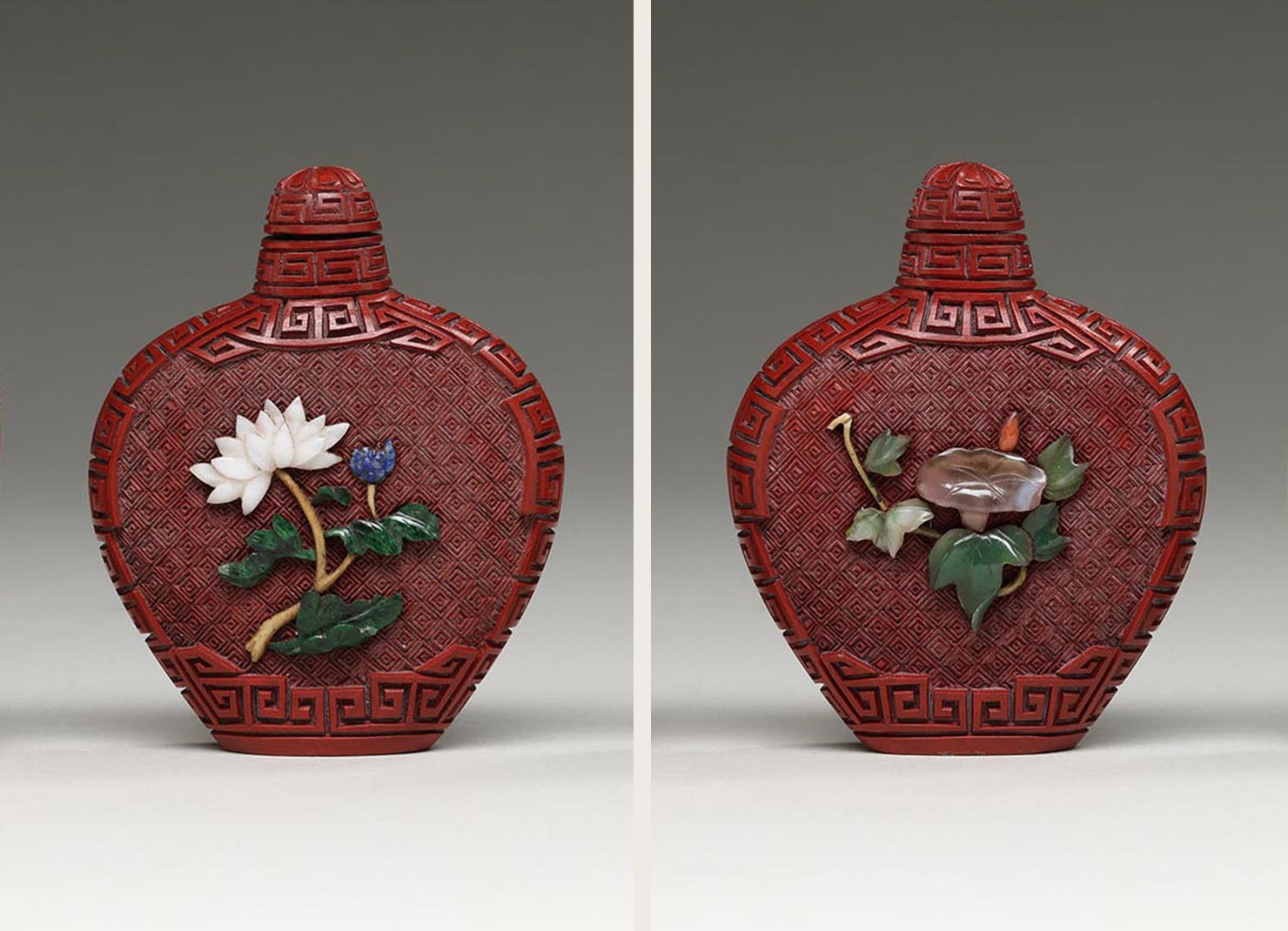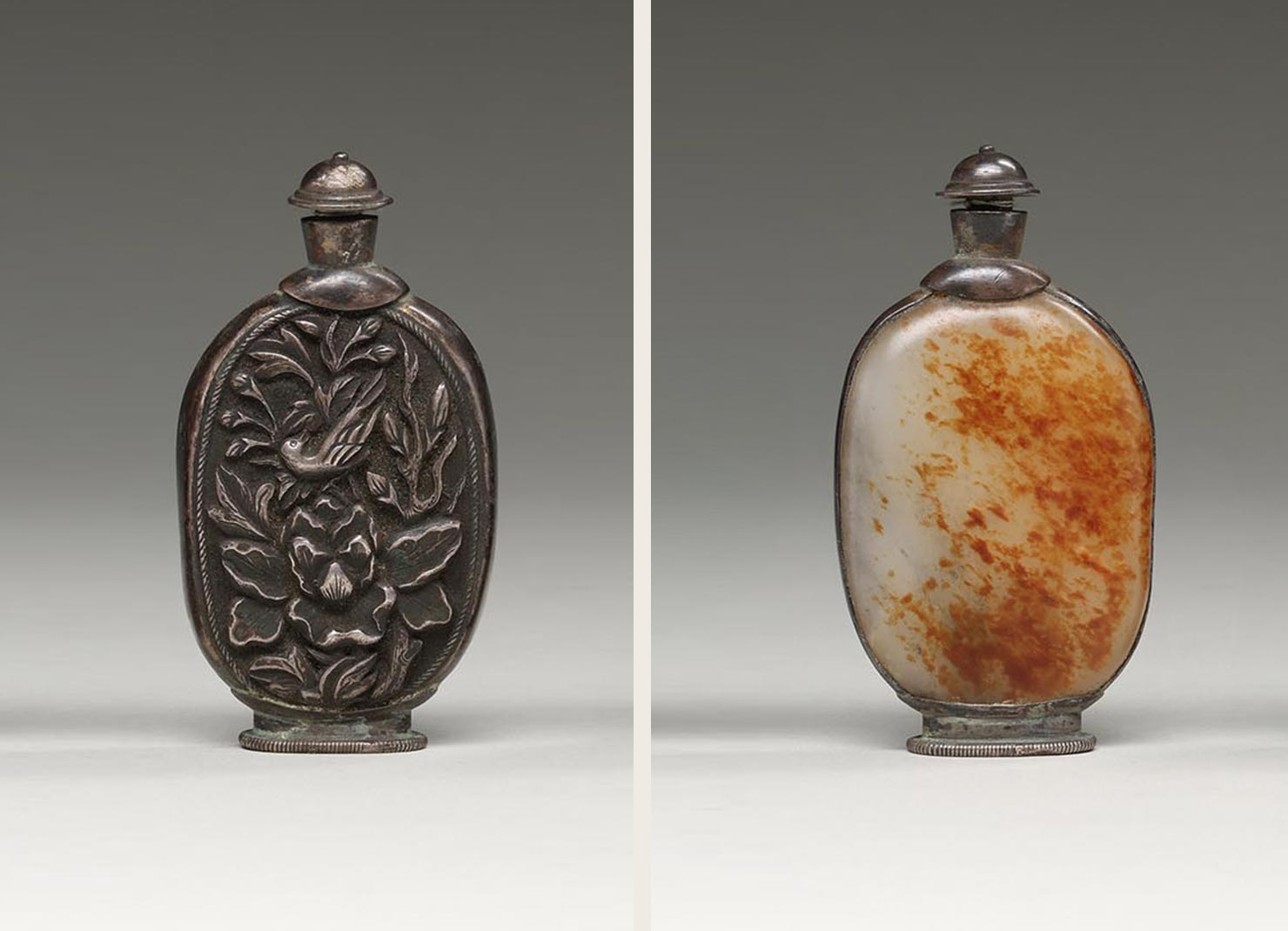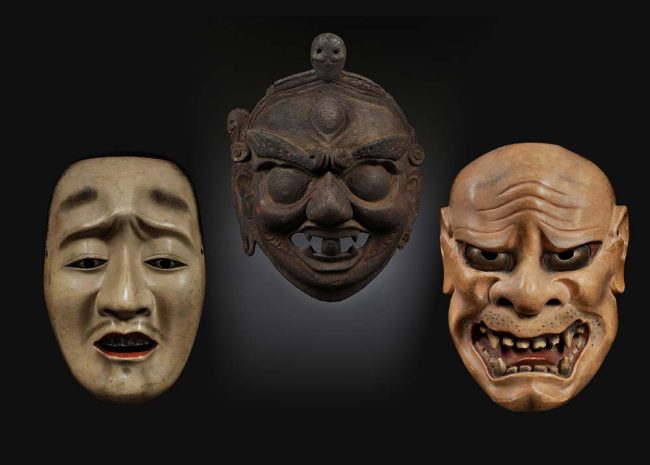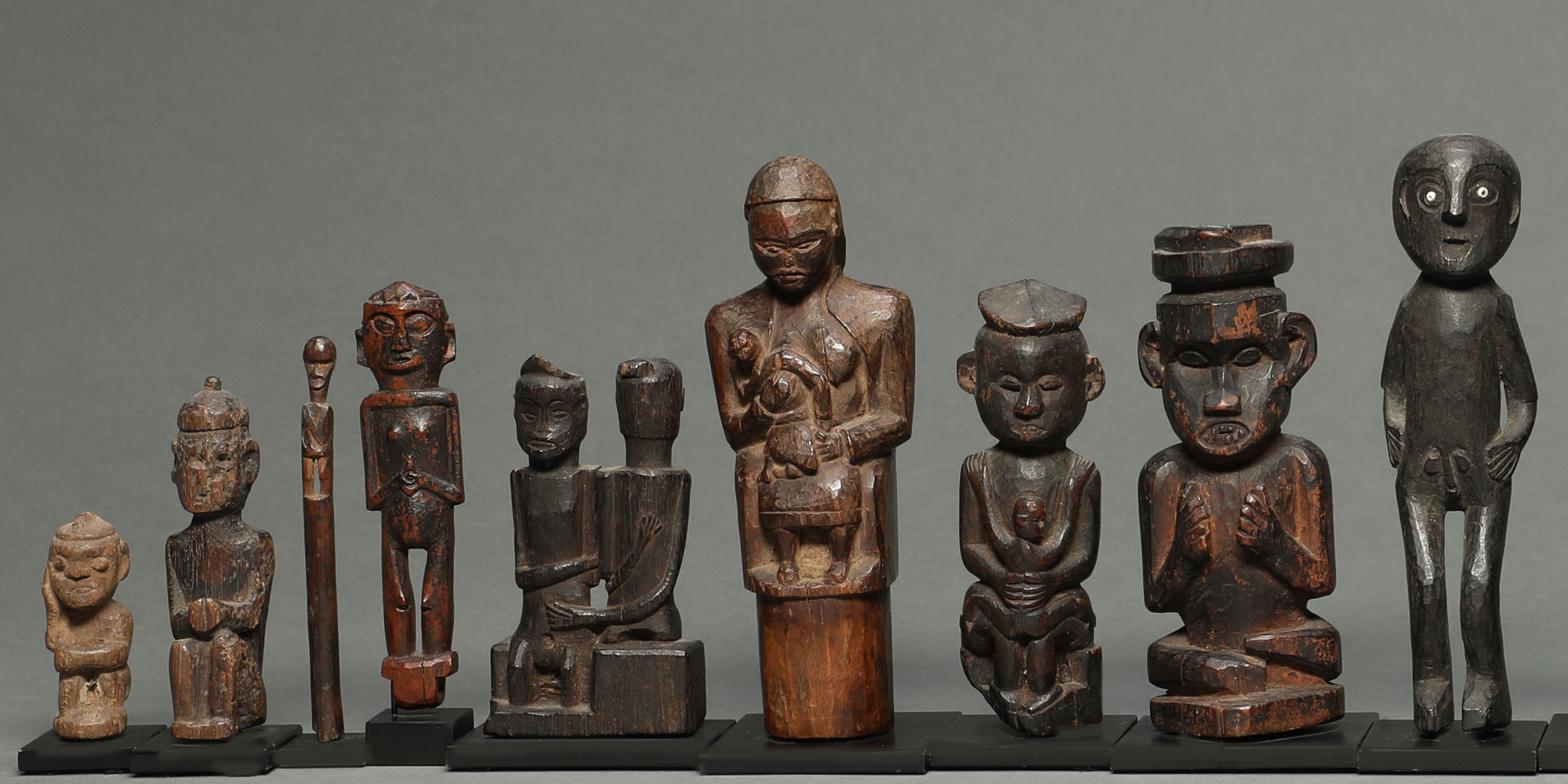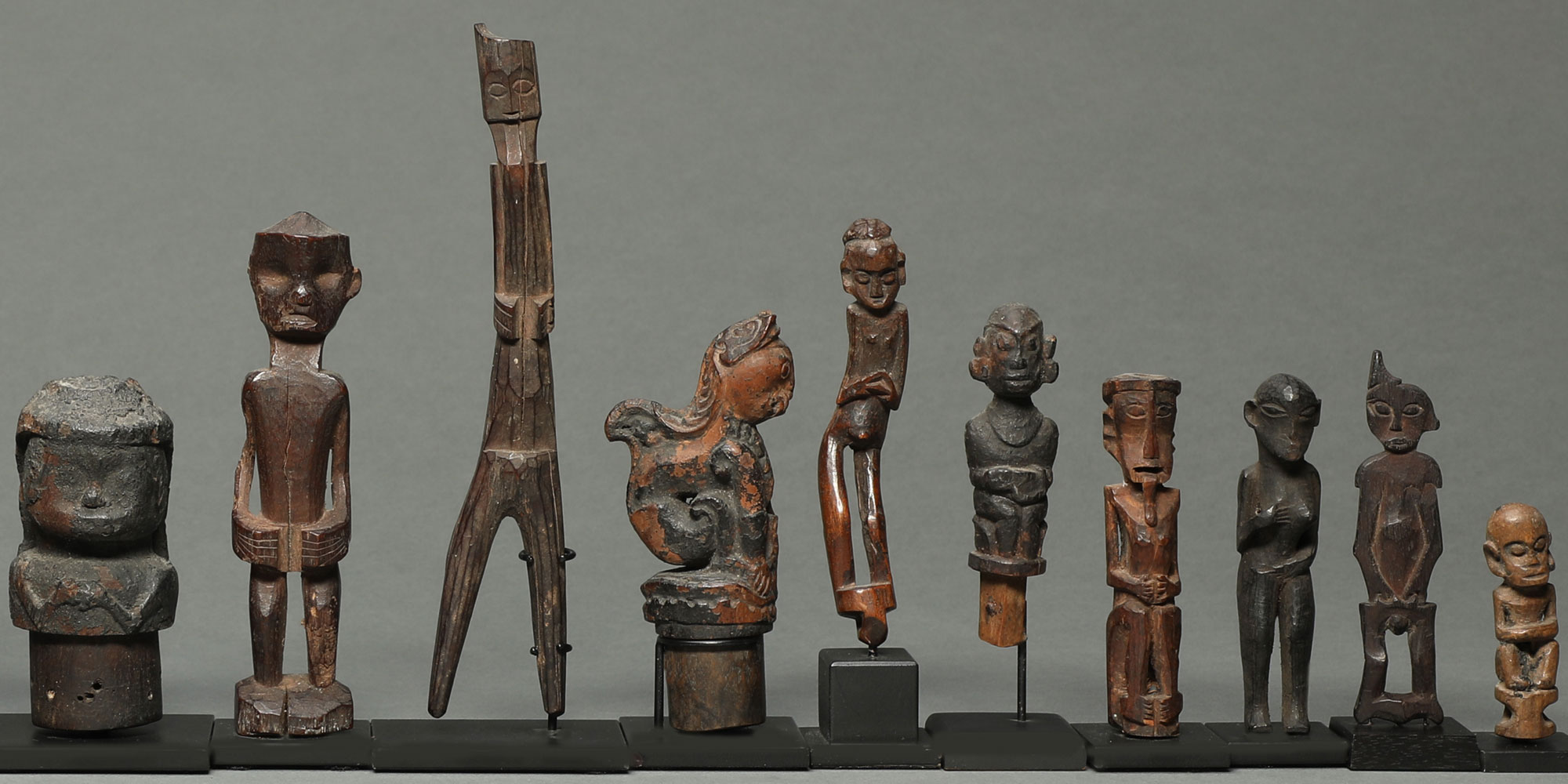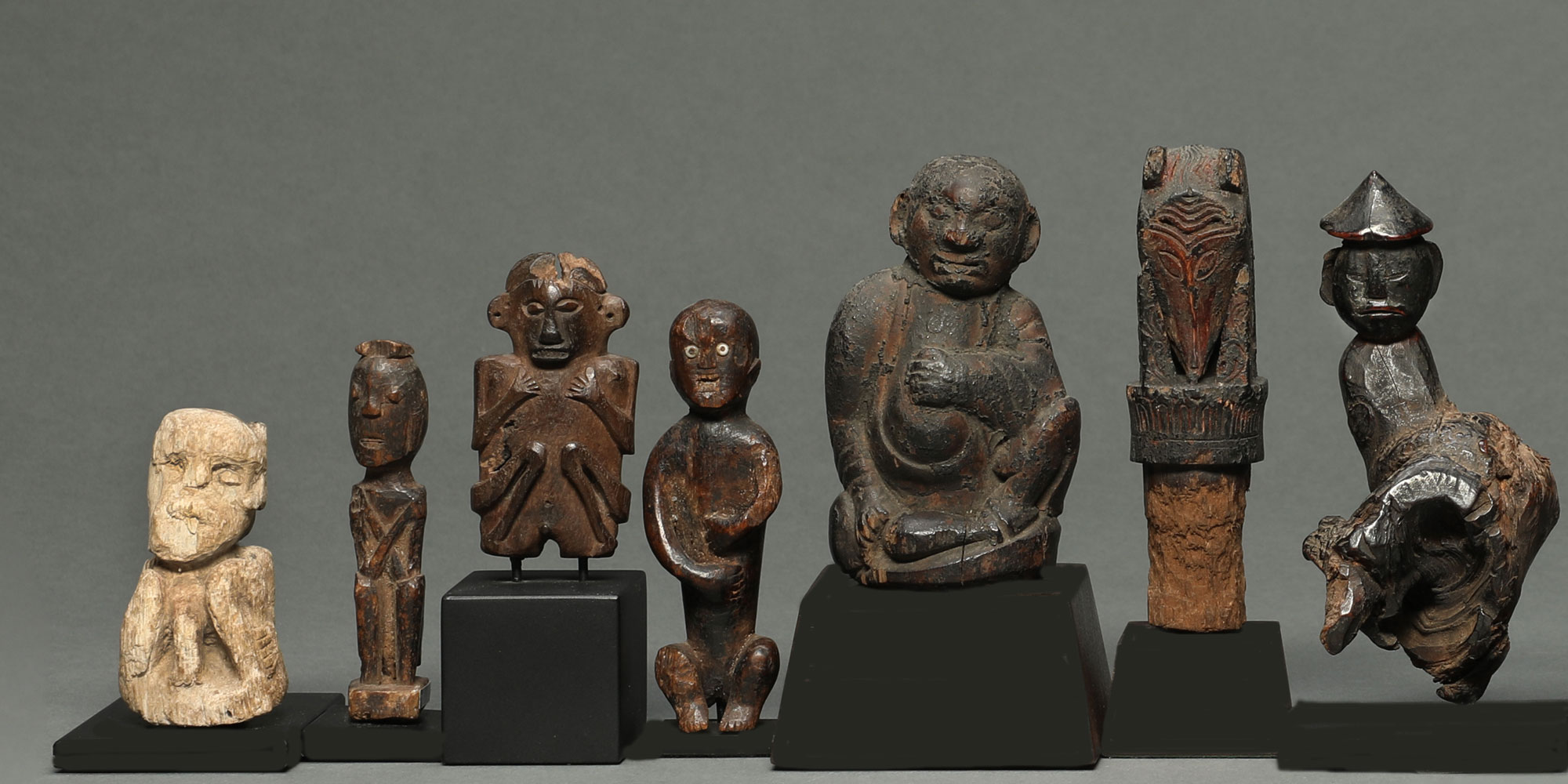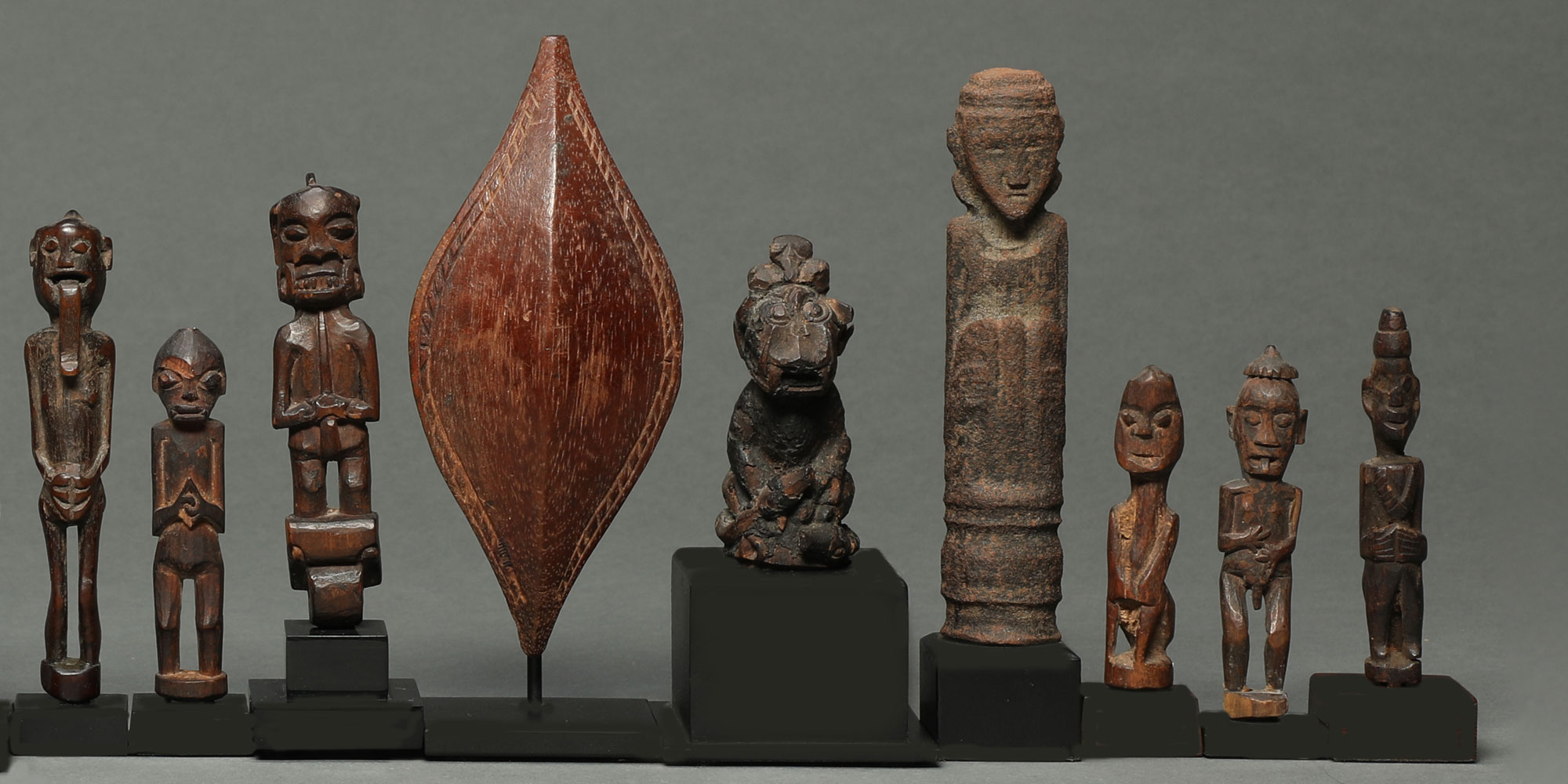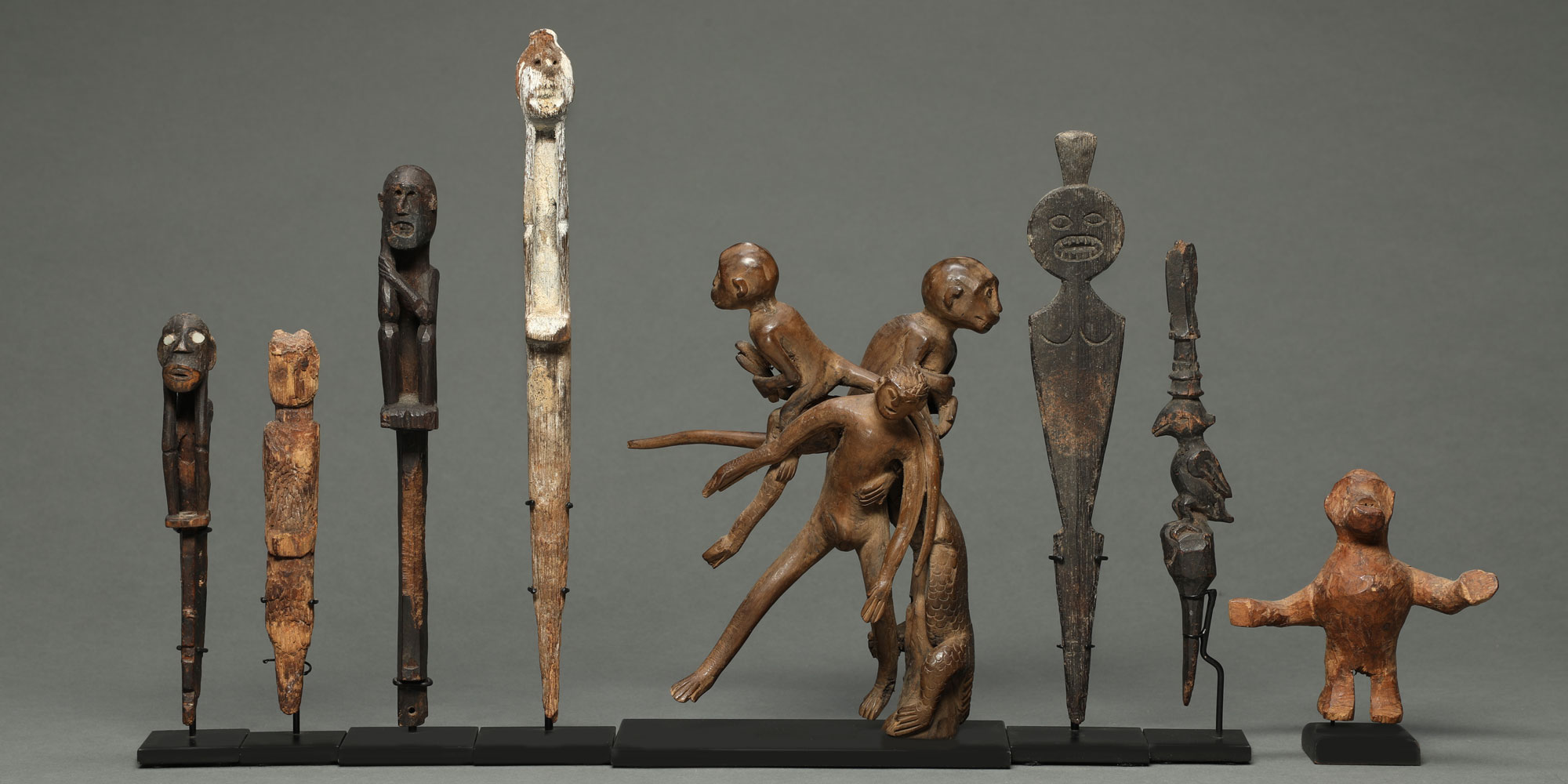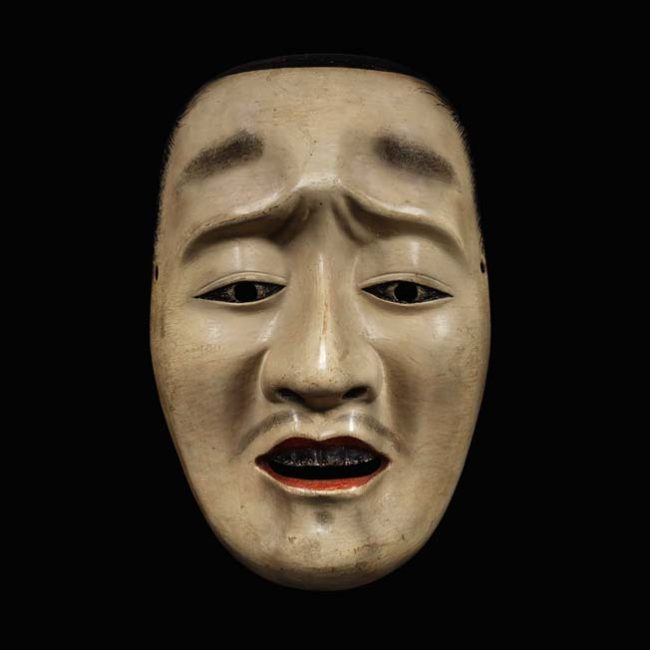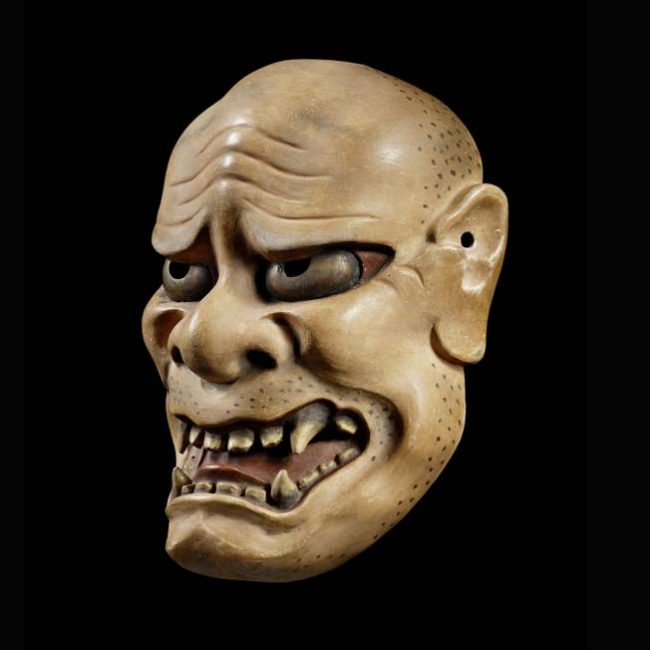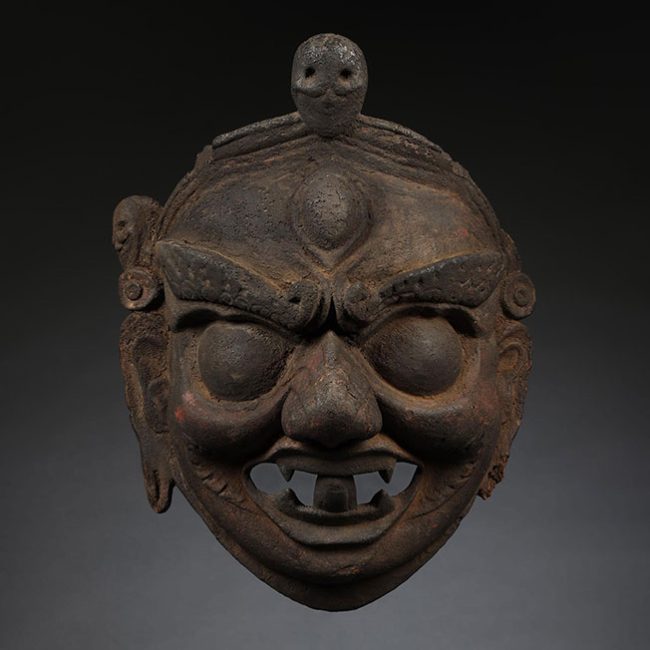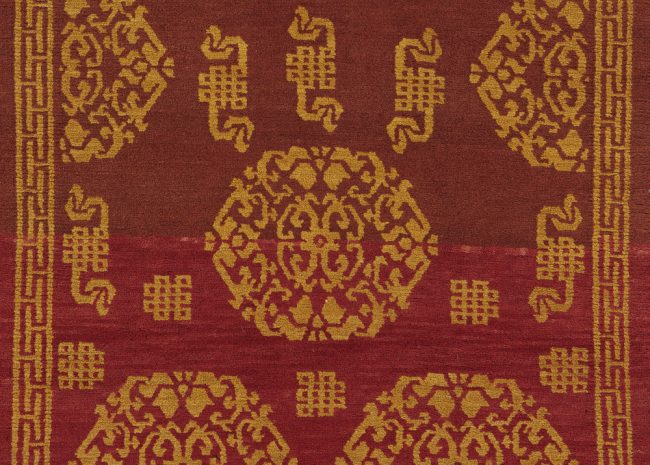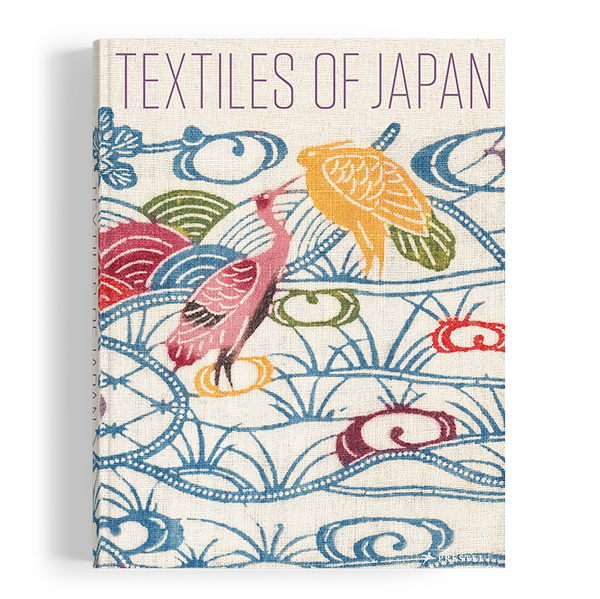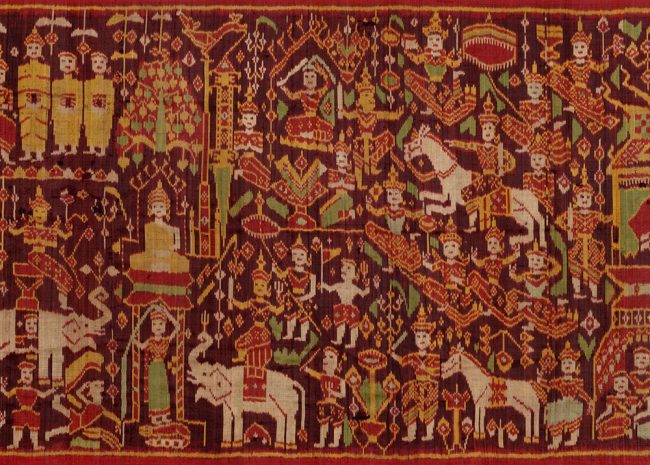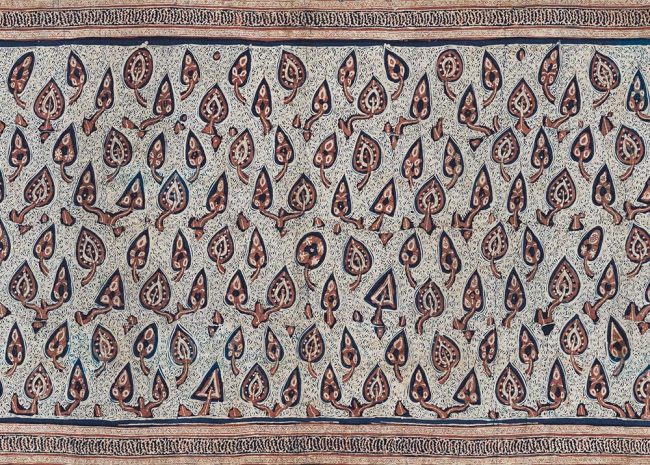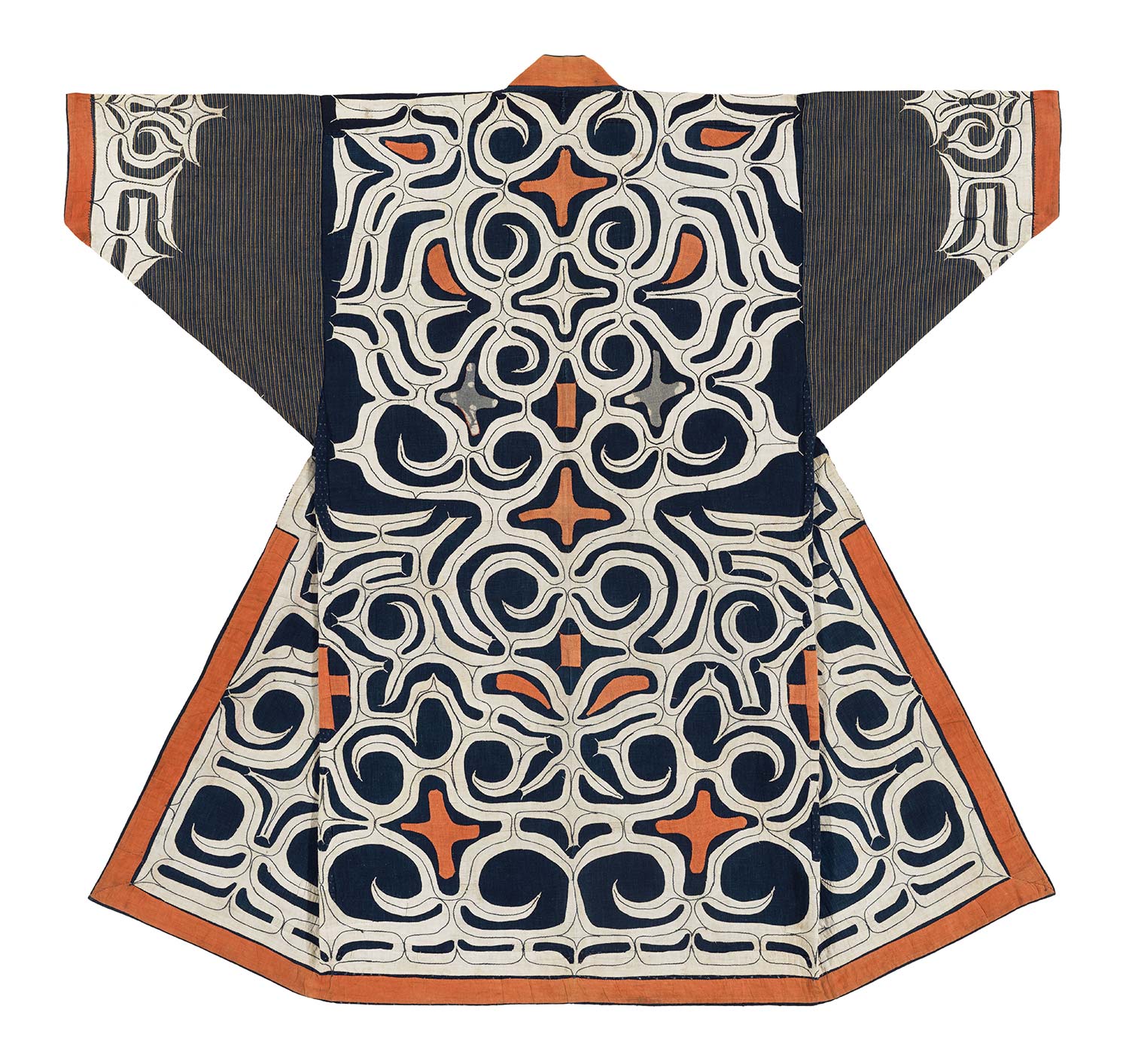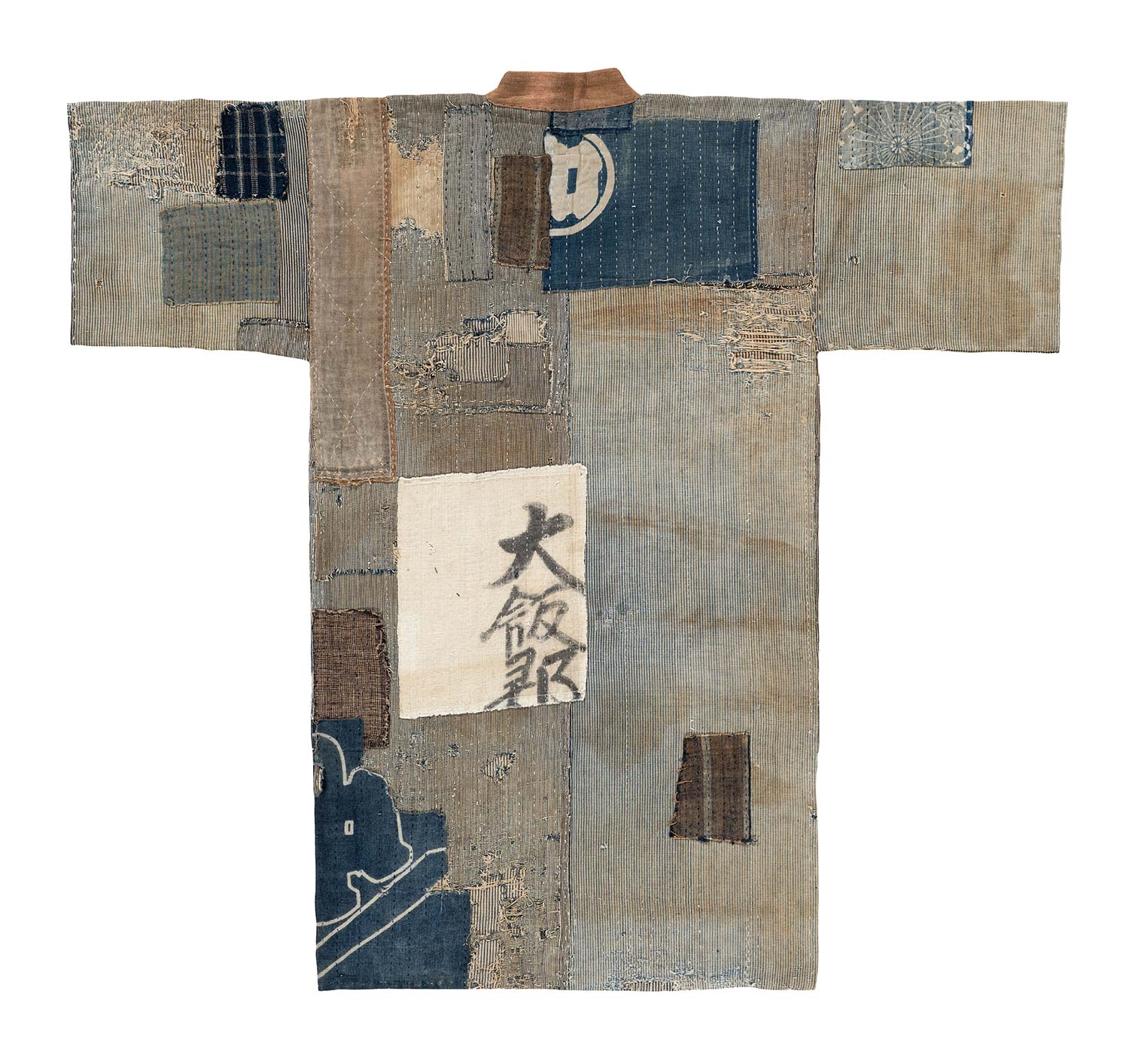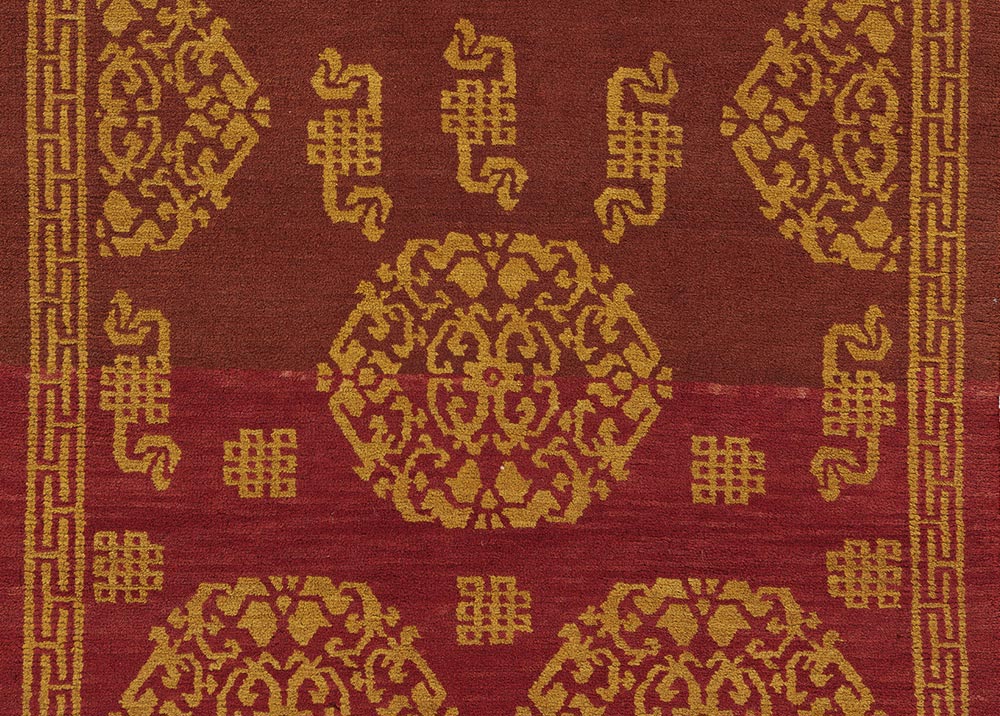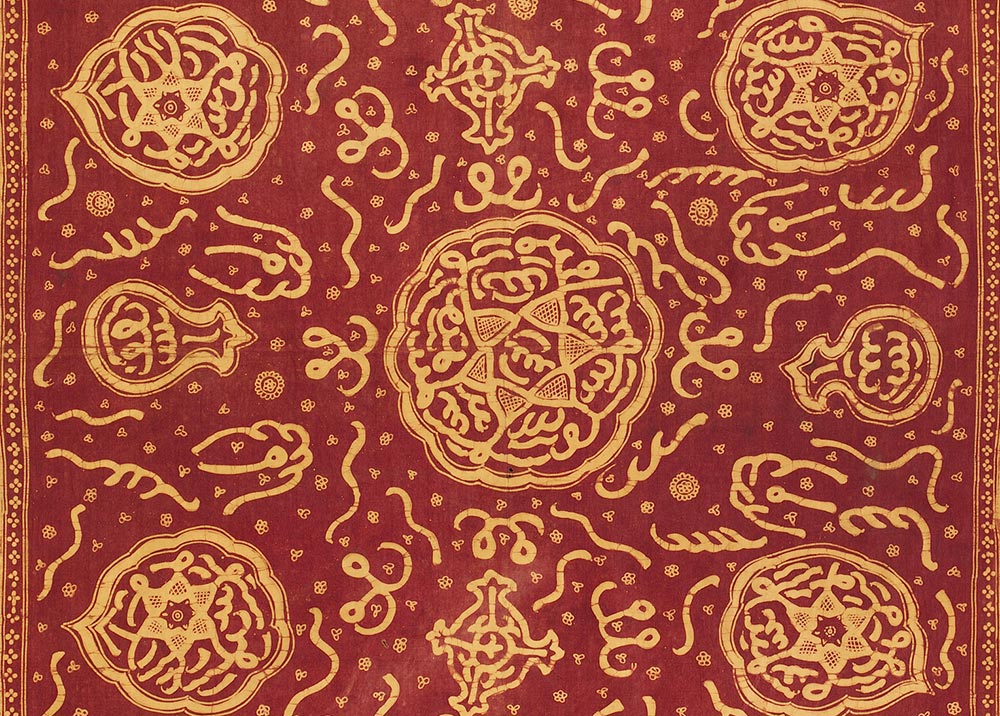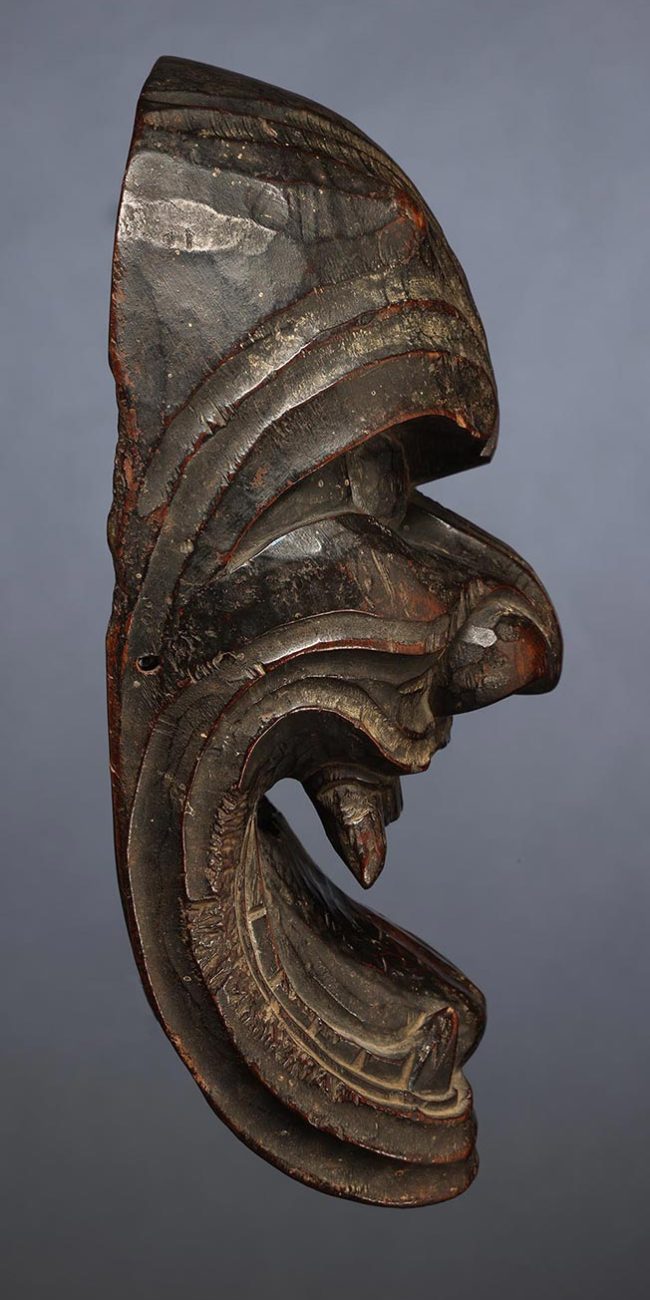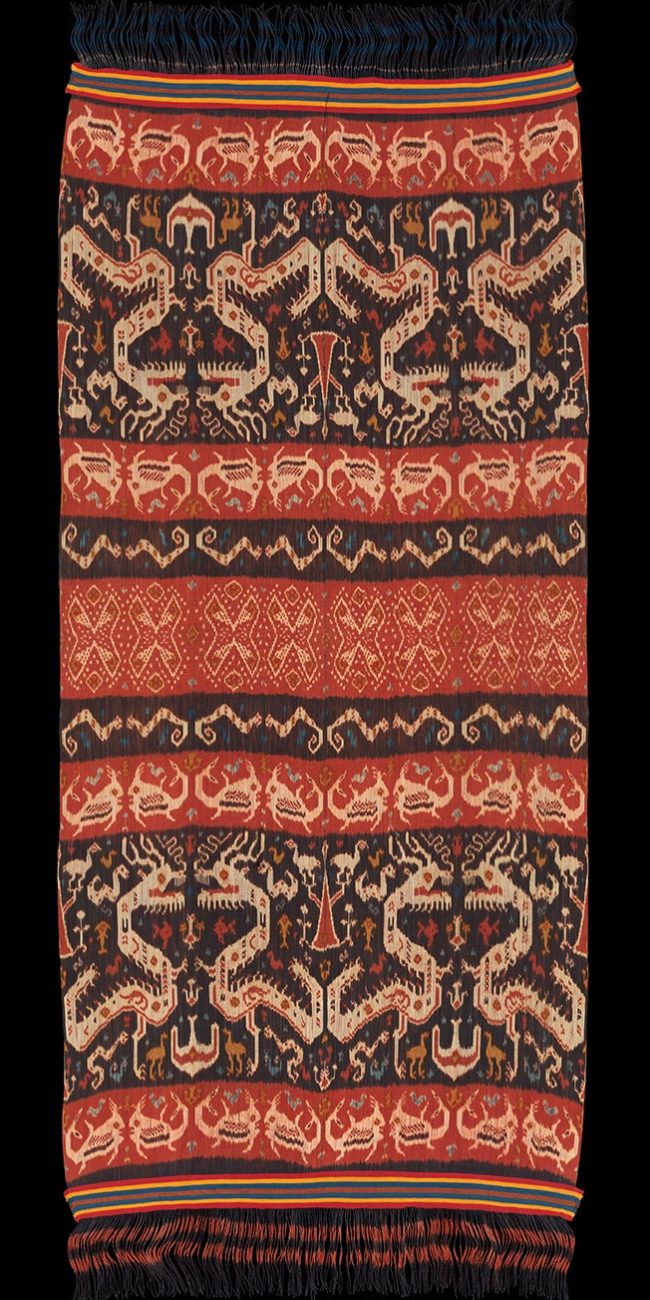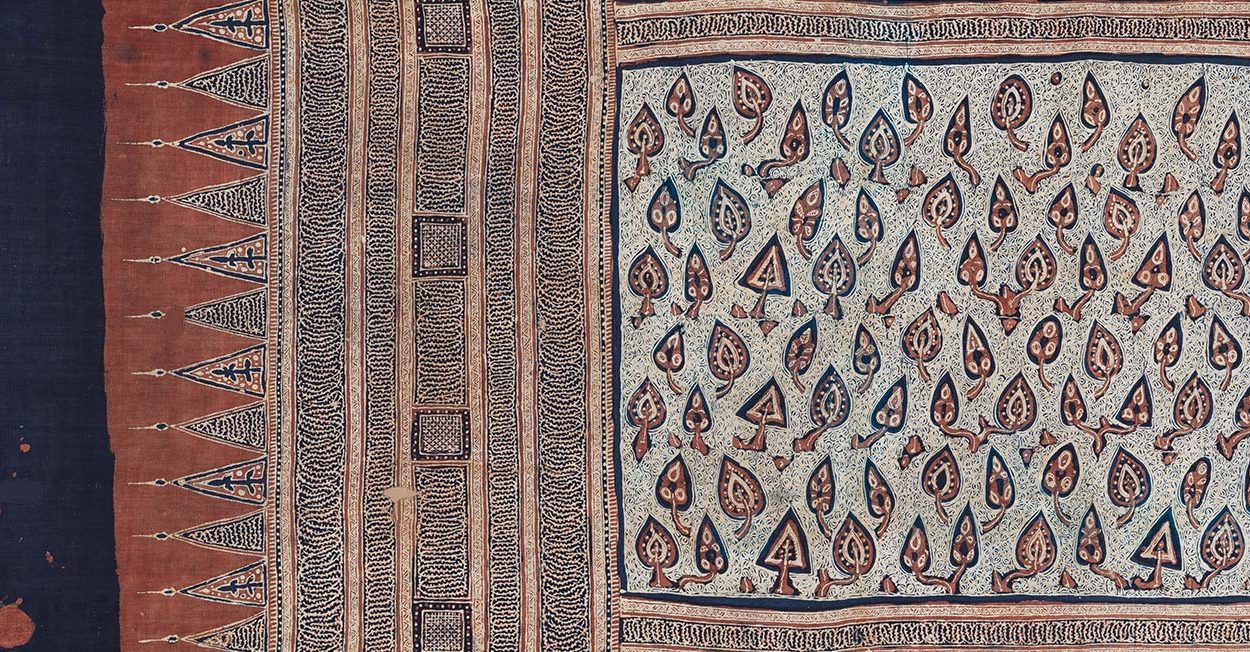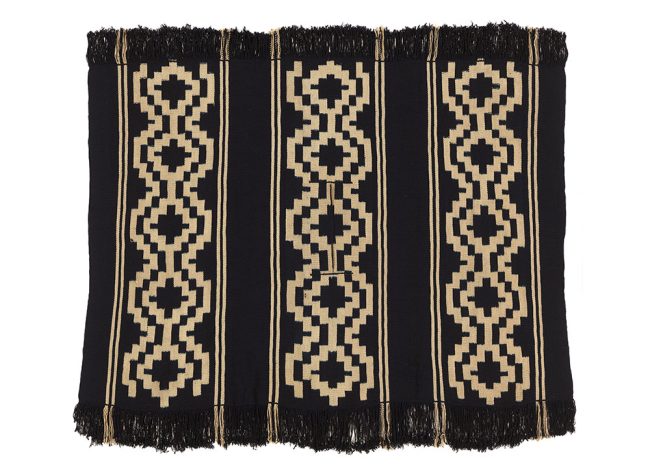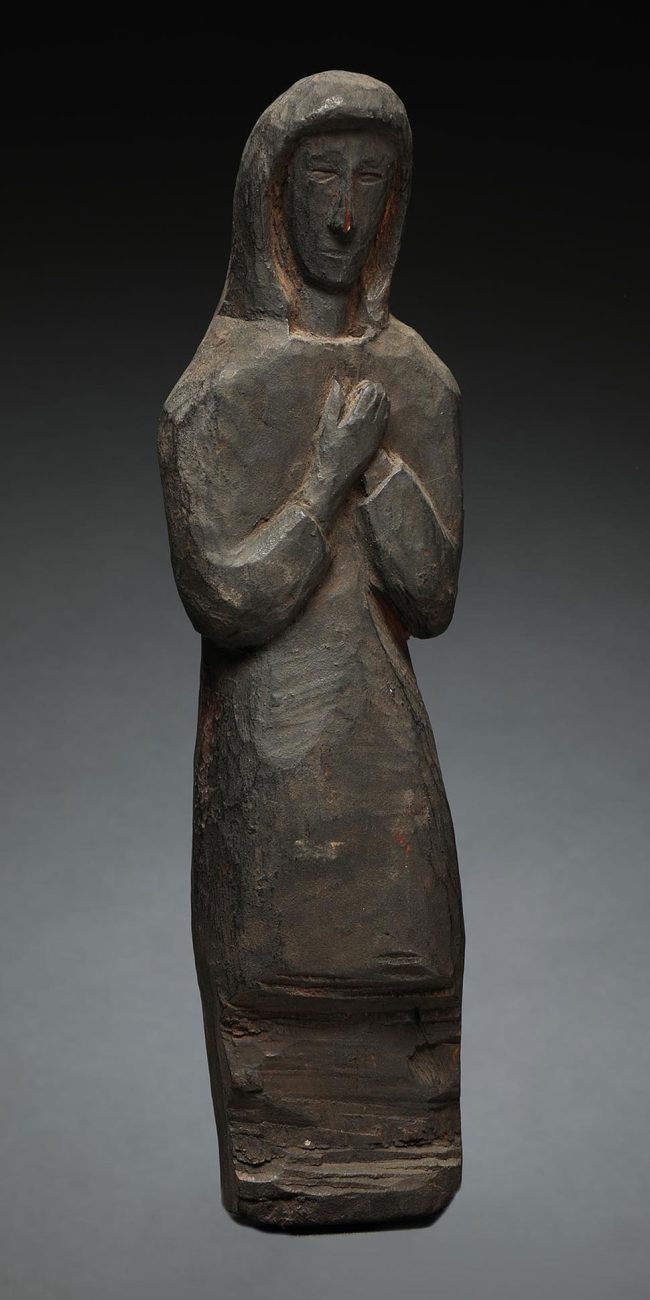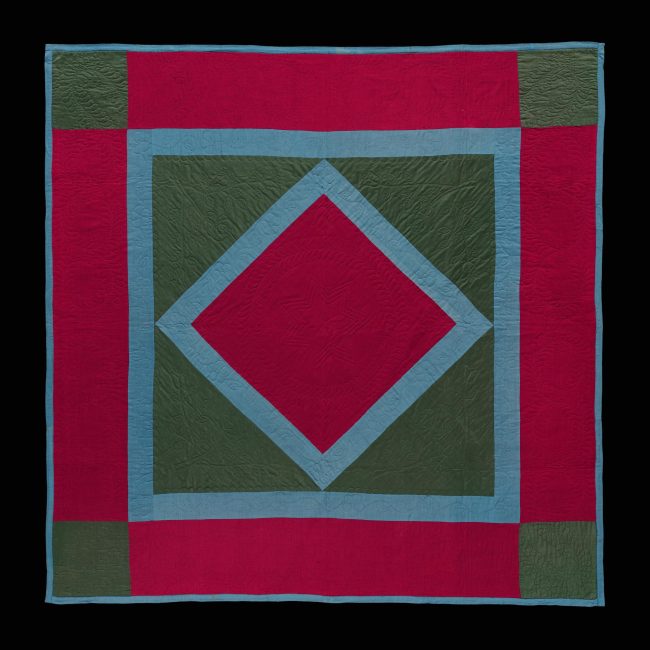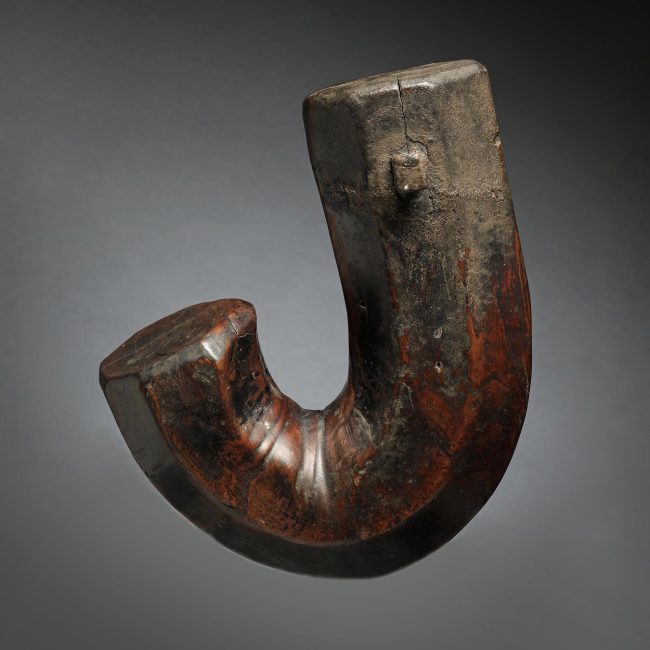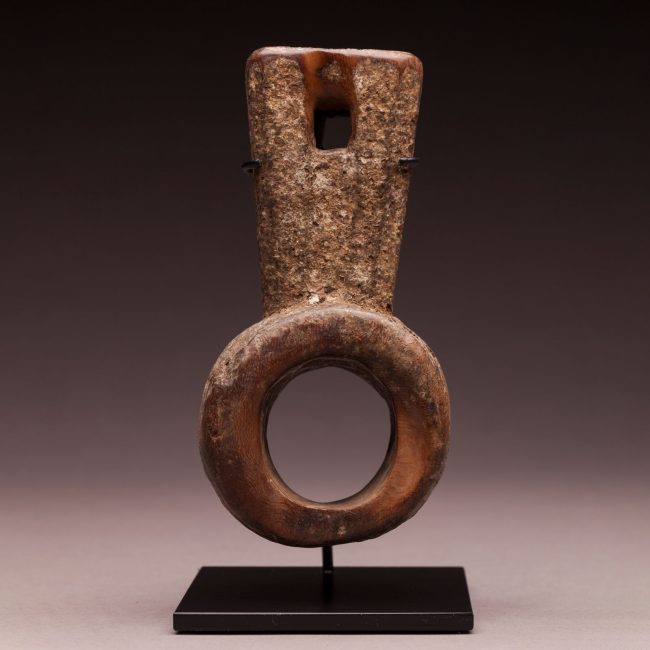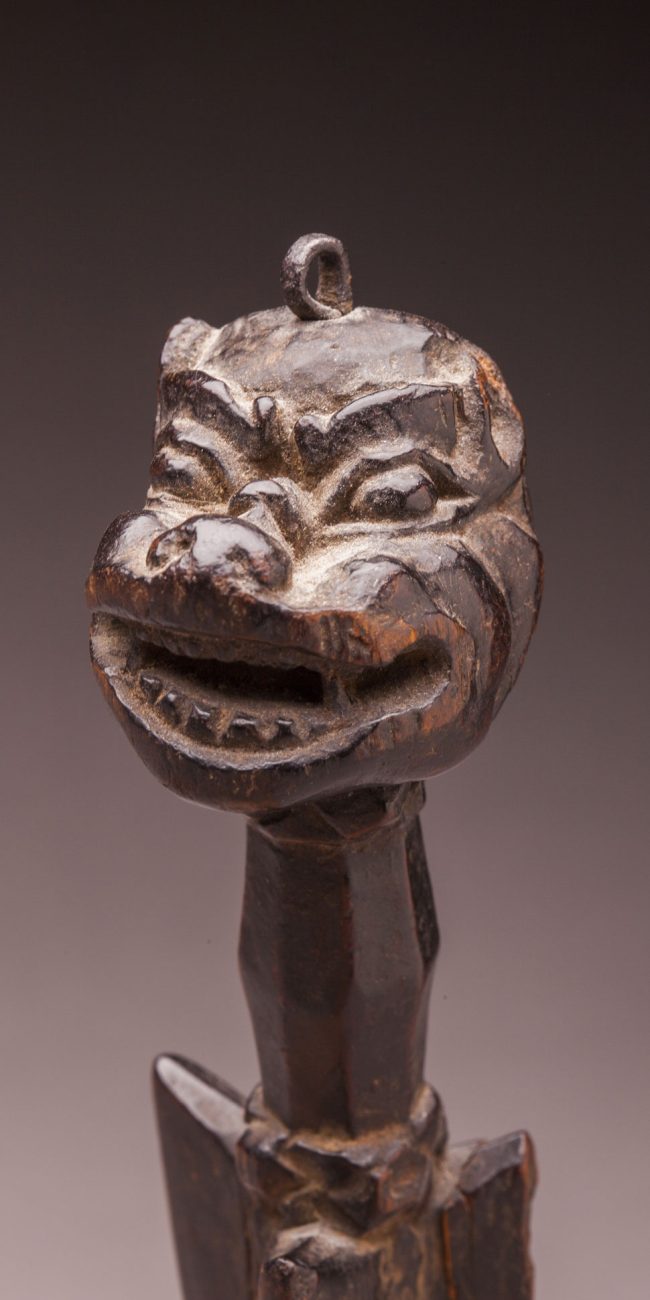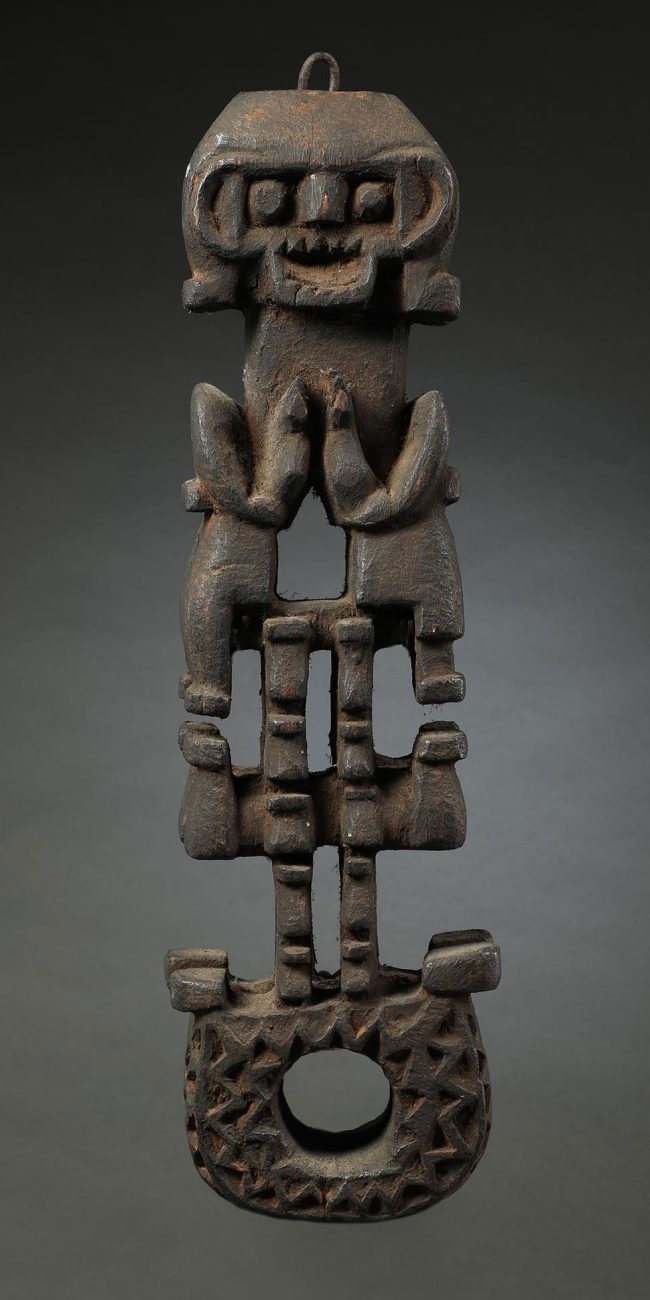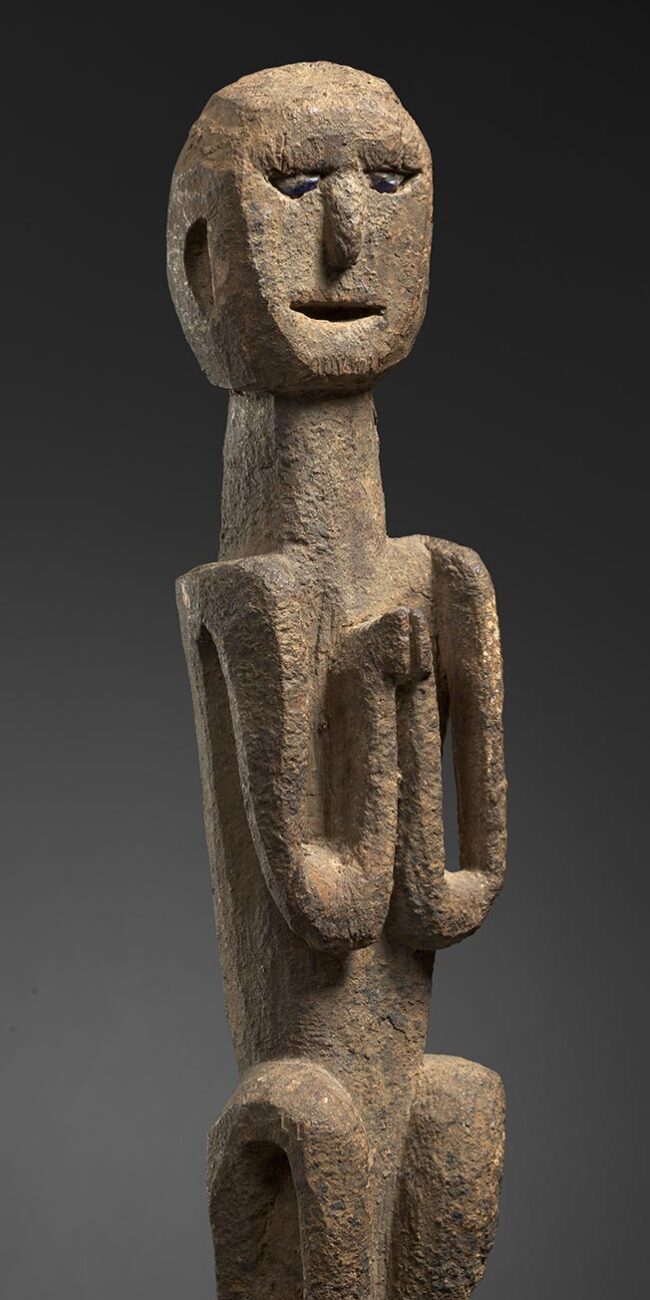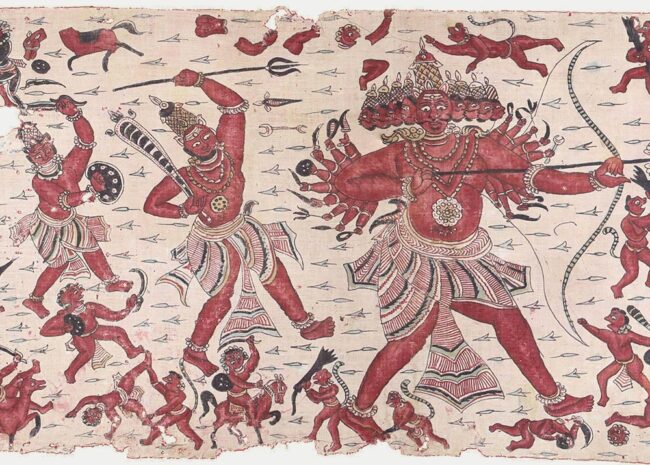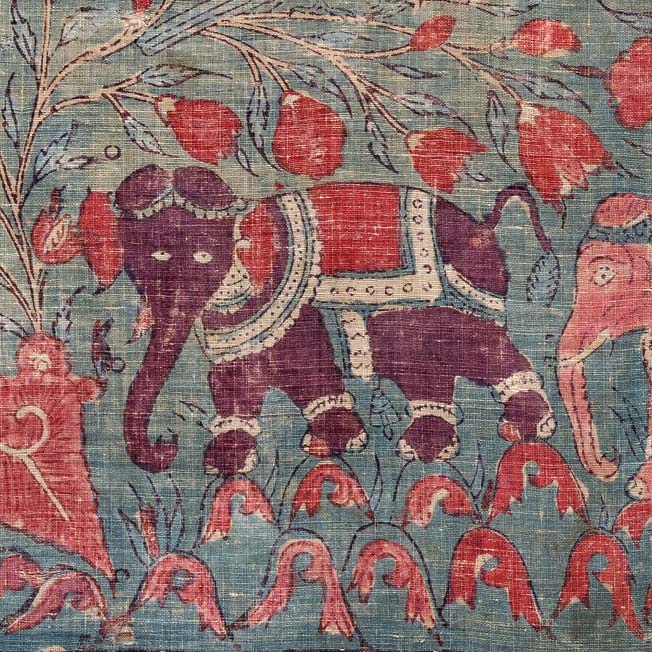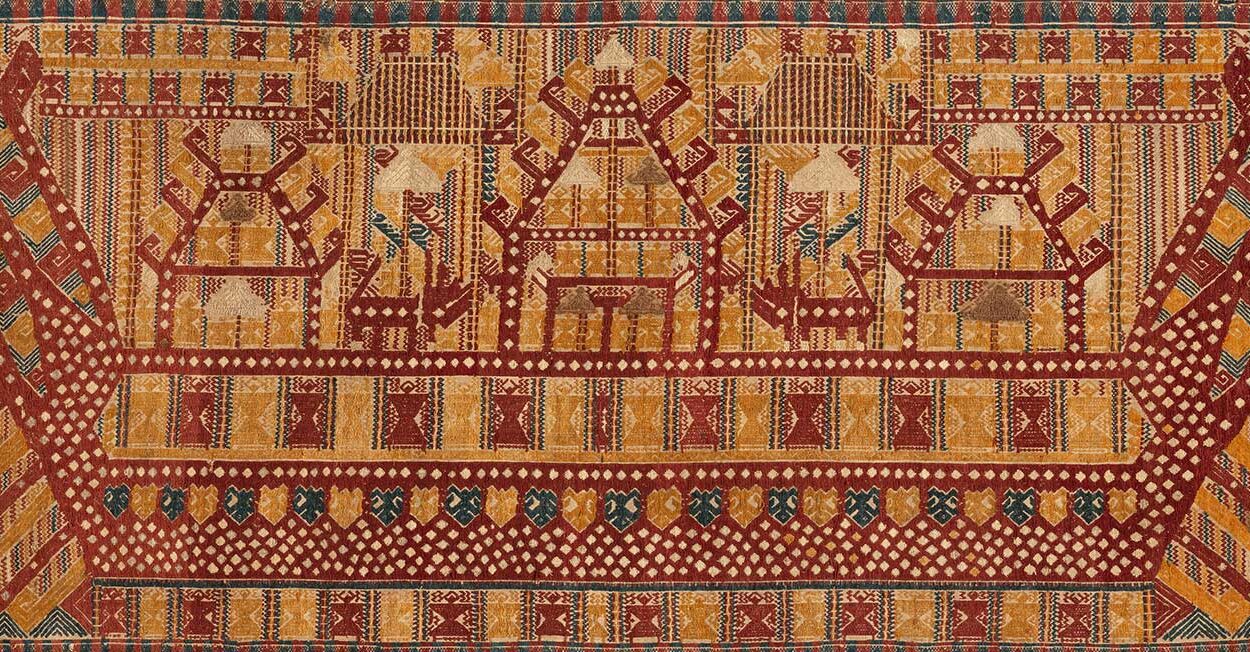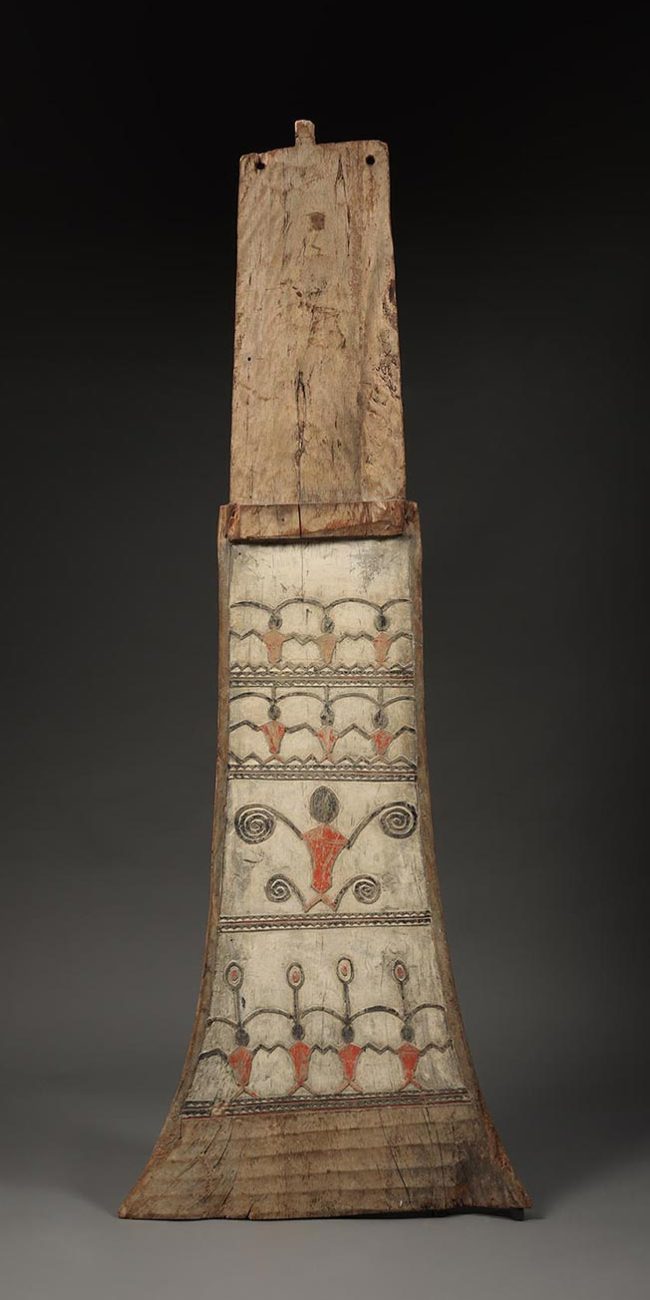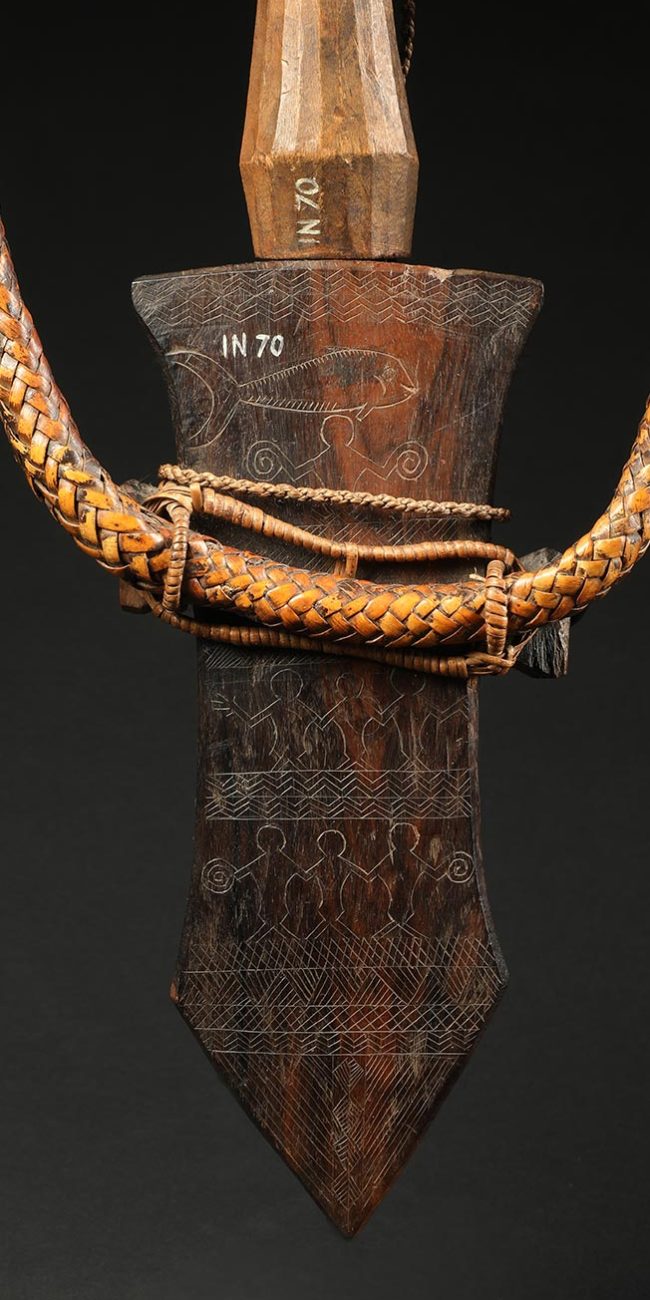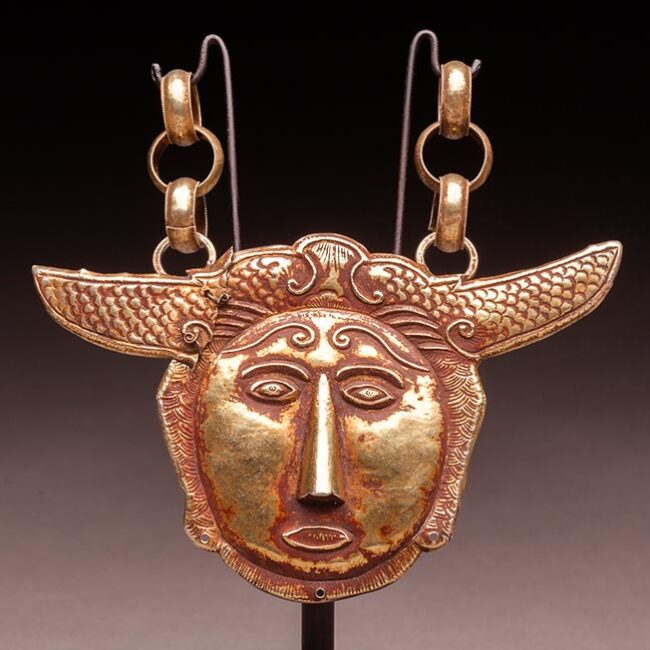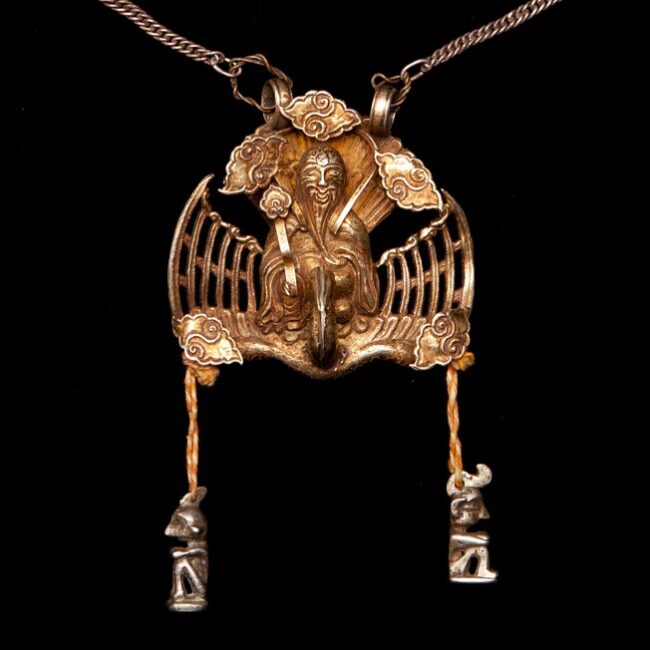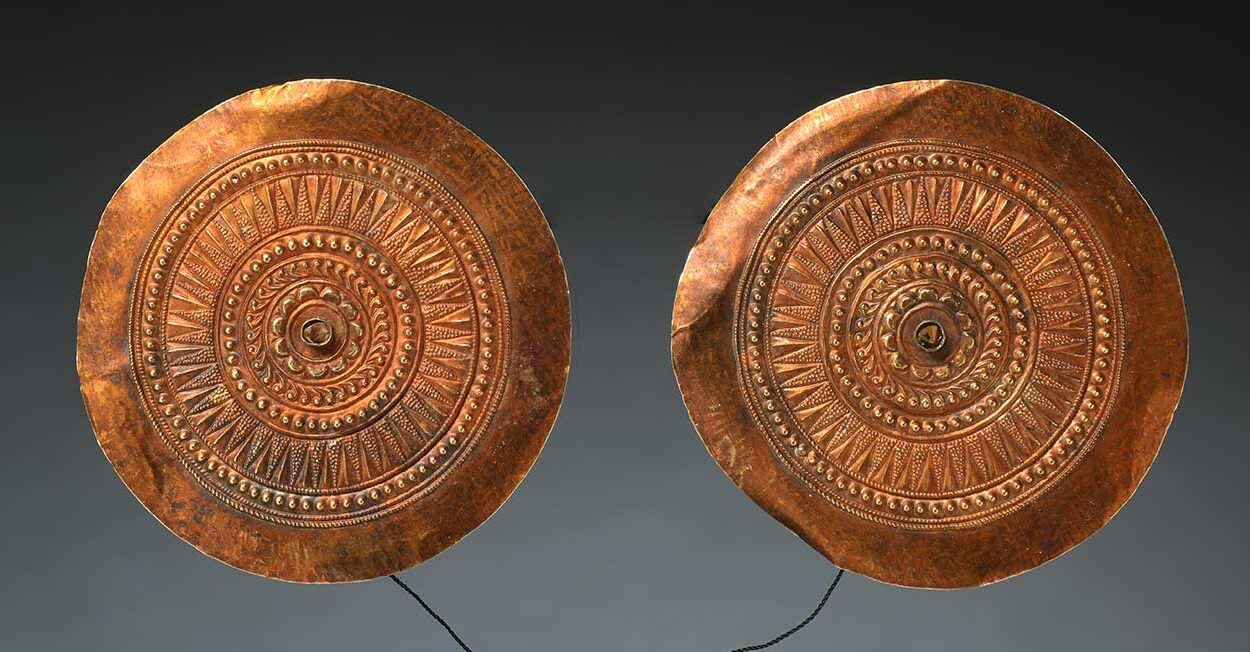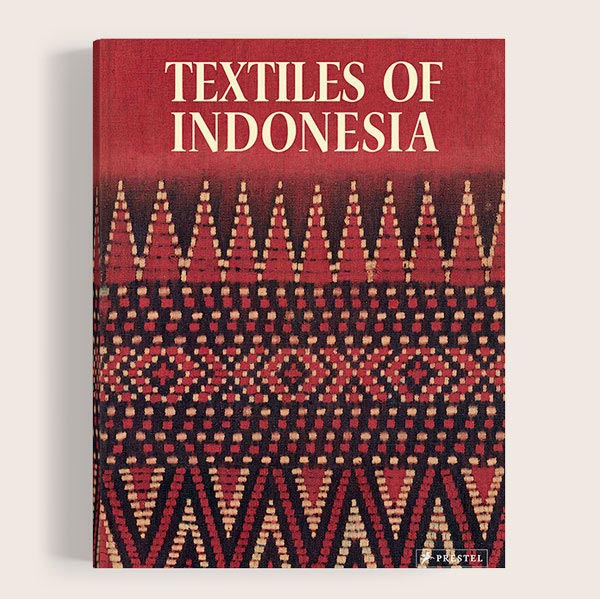Virtual Whitehawk Show
February 22-28, 2025
VIRTUAL SHOW
In the recent publication, Textiles of Indonesia, Valerie Hector informs us that shells have been used in Southeast Asia as both ornament and currency for Millenia. Oliva shell beads were found in an archaeology site of Timor dating to circa 35,000 years ago and Nassarius shell beads were found in the same area dating to 4500 BCE.
Despite the emergence of the glass trade bead industry some two thousand years ago, hand fashioned shell disks continued to serve as a primary way of storing value and signaling prestige up through the 20th century for many ethnic groups of Southeast Asia and Oceania. This was owing to the extraordinary labor intensiveness in shell bead creation, and the principle that the further from the sea, the greater the value for all artifacts made from shell.
This small exhibition features shell artwork from some of the most legendary headhunting peoples of Asia,
including the greatest shell-decorated garment in the world from the Atayal of Taiwan; a blouse decorated with mother of pearl shell beads from the B’laan of Mindanao, Philippines; an early warrior’s cape from the Naga with appliqued cowrie shells, making a human figure amid circles; and an extraordinary Naga necklace fashioned from giant clam, both from the northeastern highlands of India.
It is a pleasure to share this deeply meaningful group with you!
Santa Fe 2024
August 9-12, 2024
Santa Fe Community Civic Center
201 W Marcy St
Santa Fe, NM 87501
In the recent publication, Textiles of Indonesia, Valerie Hector informs us that shells have been used in Southeast Asia as both ornament and currency for Millenia. Oliva shell beads were found in an archaeology site of Timor dating to circa 35,000 years ago and Nassarius shell beads were found in the same area dating to 4500 BCE.
Despite the emergence of the glass trade bead industry some two thousand years ago, hand fashioned shell disks continued to serve as a primary way of storing value and signaling prestige up through the 20th century for many ethnic groups of Southeast Asia and Oceania. This was owing to the extraordinary labor intensiveness in shell bead creation, and the principle that the further from the sea, the greater the value for all artifacts made from shell.
This small exhibition features shell artwork from some of the most legendary headhunting peoples of Asia,
including the greatest shell-decorated garment in the world from the Atayal of Taiwan; a blouse decorated with mother of pearl shell beads from the B’laan of Mindanao, Philippines; an early warrior’s cape from the Naga with appliqued cowrie shells, making a human figure amid circles; and an extraordinary Naga necklace fashioned from giant clam, both from the northeastern highlands of India.
It is a pleasure to share this deeply meaningful group with you!
Snuff Bottles Collection
As a boy, I explored nearby ranchlands looking for antique bottles, some of which had turned purple by the sun over the years.
My first trip to Asia began in Hong Kong, the year was 1978. I was inspired by my grandmother Kilkenny, who had a living room full of treasures from China collected in Hong Kong in the 1930s. She encouraged me to look for snuff bottles and silk textiles with ‘forbidden stitch.’ I found myself irresistibly drawn to the snuff bottles in a little antique shop off Nathan Road on the Kowloon side. Almost all of these date to that first trip. And now, after 45 years, I am offering this very appealing collection as a whole.
Tibetan Rug and Textiles – Reserved
Digital Catalog
(Offered only as a collection – Reserved)
Cambodian Textiles
Coming March, 2024
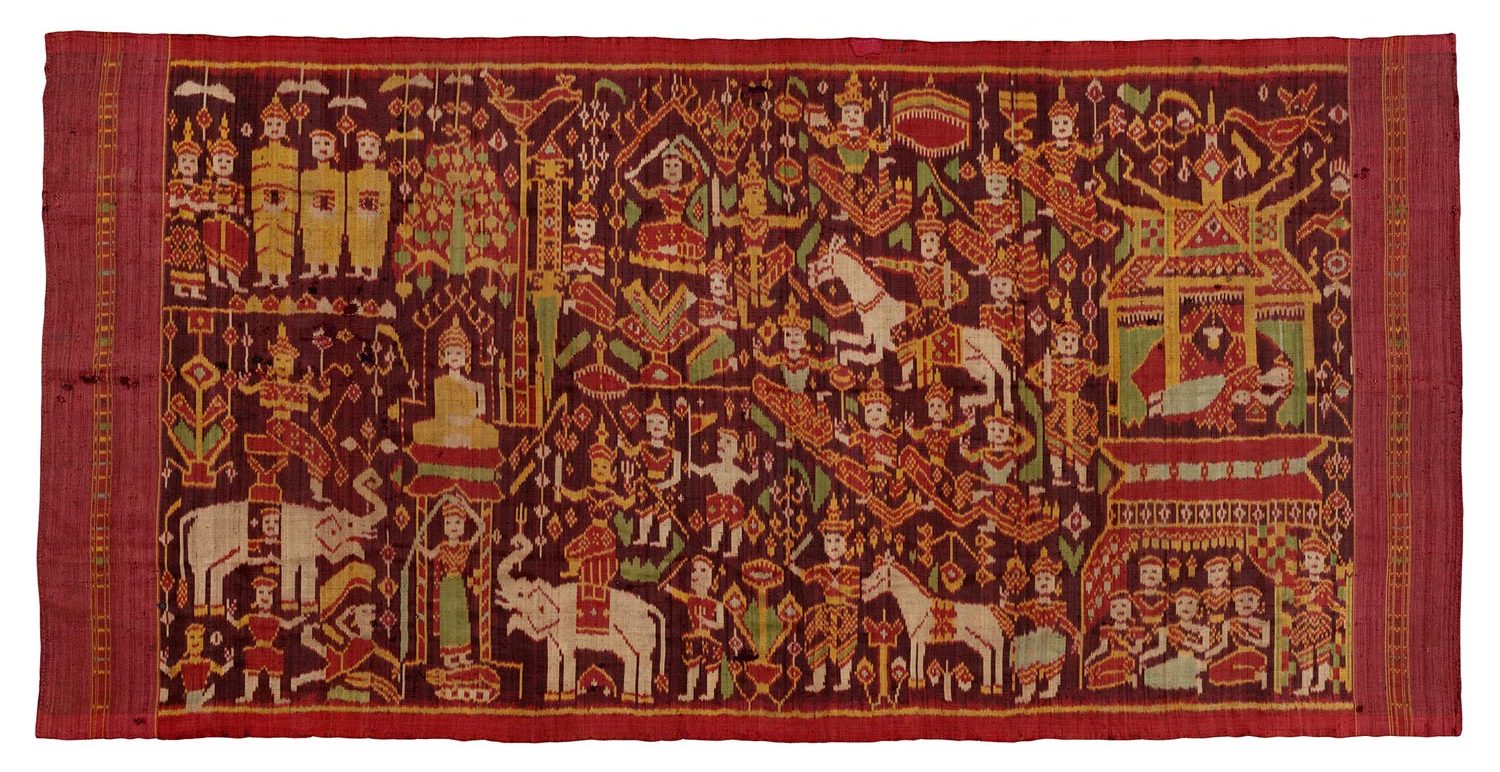
Asia Week New York 2024
MARCH 14-20, 2024
Thursday, March 14th (evening) until
Wednesday, March 20th (morning)
PRIVATE VIEWING BY APPOINTMENT ONLY
To schedule a time please call (415) 378-0716
25 E 77th St, New York, NY
Digital Catalogs – Special Collections
Santa Fe / Objects of Art
August 10-13, 2023
El Museo Cultural – in the Railyard
555 Camino de la Familia, Santa Fe, NM 87501
In the recent publication, Textiles of Indonesia, Valerie Hector informs us that shells have been used in Southeast Asia as both ornament and currency for Millenia. Oliva shell beads were found in an archaeology site of Timor dating to circa 35,000 years ago and Nassarius shell beads were found in the same area dating to 4500 BCE.
Despite the emergence of the glass trade bead industry some two thousand years ago, hand fashioned shell disks continued to serve as a primary way of storing value and signaling prestige up through the 20th century for many ethnic groups of Southeast Asia and Oceania. This was owing to the extraordinary labor intensiveness in shell bead creation, and the principle that the further from the sea, the greater the value for all artifacts made from shell.
This small exhibition features shell artwork from some of the most legendary headhunting peoples of Asia,
including the greatest shell-decorated garment in the world from the Atayal of Taiwan; a blouse decorated with mother of pearl shell beads from the B’laan of Mindanao, Philippines; an early warrior’s cape from the Naga with appliqued cowrie shells, making a human figure amid circles; and an extraordinary Naga necklace fashioned from giant clam, both from the northeastern highlands of India.
It is a pleasure to share this deeply meaningful group with you!
Asia Week New York
March 16-22, 2023
In-person by appointment in NYC
Thomas Murray is featuring a multiprong online and in person exhibition for Asia Week NYC 2003 that includes five exceptionally important textiles: Three Indian Trade Cloths of great rarity for the Indonesian Market and two iconic weavings from Lampung, Sumatra – a Double Red Ship Palepai and an early Pasisir Wedding Tampan.
Introducing as well in wood are a fine Islamic calligraphic window with a ‘Seal of the Prophet’ inscription; two shamanic works from the indigenous Tao (Yami) People of Orchid Island, off the coast of Taiwan featuring compelling line drawing depictions of their primordial ancestor, Magamaog.
We are pleased to present antipodal jewelry offerings from Indonesia: a pair of gold earspools with diamond chips worn by royal Minangkabau women of West Sumatra and two precious and seldom seen gold ornaments from the remote easterly spice islands of Leti and Tanimbar.
A private collection of bronze ‘found object’ charms, Thogchas, rounds out our exhibition. They were picked up from the soil of the Tibetan plateau by nomadic herders, who considered them magical ‘fall from sky’ talismans, with many dating 1000 years old or more. Formed over a 40 year period by an artist, this group is being offered as a whole
In the recent publication, Textiles of Indonesia, Valerie Hector informs us that shells have been used in Southeast Asia as both ornament and currency for Millenia. Oliva shell beads were found in an archaeology site of Timor dating to circa 35,000 years ago and Nassarius shell beads were found in the same area dating to 4500 BCE.
Despite the emergence of the glass trade bead industry some two thousand years ago, hand fashioned shell disks continued to serve as a primary way of storing value and signaling prestige up through the 20th century for many ethnic groups of Southeast Asia and Oceania. This was owing to the extraordinary labor intensiveness in shell bead creation, and the principle that the further from the sea, the greater the value for all artifacts made from shell.
This small exhibition features shell artwork from some of the most legendary headhunting peoples of Asia,
including the greatest shell-decorated garment in the world from the Atayal of Taiwan; a blouse decorated with mother of pearl shell beads from the B’laan of Mindanao, Philippines; an early warrior’s cape from the Naga with appliqued cowrie shells, making a human figure amid circles; and an extraordinary Naga necklace fashioned from giant clam, both from the northeastern highlands of India.
It is a pleasure to share this deeply meaningful group with you!


